






It’s hard to believe we’re almost at the end of 2025 and preparing for a new year! Before we conclude this chapter, we want to express our heartfelt gratitude to everyone who has played a role in making Design Destinations Magazine a success. What started as a simple idea has blossomed into something incredible, and we are proud to have our own magazine! This journey into the creative world has been a thrilling adventure filled with learning and growth. We are deeply thankful to all the writers and photographers whose remarkable contributions have brought our past issues to life.
In previous editions, we’ve ventured to distant places, and each location we’ve featured holds a special place in our hearts. We hope we’ve been able to share that passion through the pages of each issue.
In this edition, we’re celebrating some of the most iconic landmarks from around the world—like the Statue of Liberty, the Acropolis, the Eiffel Tower, and Sydney Opera House as part of our new section dedicated to iconic and famous landmarks. Each of these symbols carries a rich history and draws millions of visitors every year.
For our series of interviews with influential figures in travel, we’re thrilled to connect with Carmen Cordoba, CEO of Luxury Greece DMC & Travel.
We hope you find inspiration in our articles, and as always, we’d love to hear your thoughts. Your voice is important to us.
Until our next issue—embrace the adventure and explore the world!






Editor-in-Chief & Founder
Franz E Buchhalter
Design Destinations Magazine is owned by Buchhalter International Group. Inc. Atlanta, Georgia
info@buchhalterig.com For previous issues, please visit www.buchhalterinternationalgroup.com




















The gladiator arena was an exciting place, with the most famous being the Colosseum in Rome! This impressive venue hosted lively events where ancient Romans came together to witness thrilling spectacles. From gladiator fights to the death, animal hunts, public executions, and even mock naval battles, there was plenty to keep the crowd entertained. These events typically took place during religious holidays or were organized for the emperor, featuring trained gladiators, many of whom were slaves, criminals, or prisoners of war, showcasing their incredible combat skills for the enthusiastic spectators. Known as the Flavian Amphitheater, the Colosseum got its name from the colossal statue that once stood nearby. Construction began between AD 70 and 80 under Emperor Vespasian, who sadly passed away before it was finished. His sons, Emperors Titus and Domitian, completed the project, and it’s fascinating to note that much of the work was carried out by Jewish slaves. When it opened, the Colosseum was the largest amphitheater ever built, symbolizing the wealth and power of Rome. Inside, the Colosseum had an arena floor surrounded by three tiers of seating for the audience, underground tunnels called the Hypogeum, and many striking arches that made it easy for people to enter and exit. It could hold an astonishing 50,000 to 80,000 spectators, with different areas allocated for various social classes. Although the events were often brutal, they played a significant role in Roman public life and entertainment, highlighting the great power and creativity of that time. Today, the Colosseum stands as a powerful symbol of the ancient Roman Empire and is a must-visit tourist attraction!








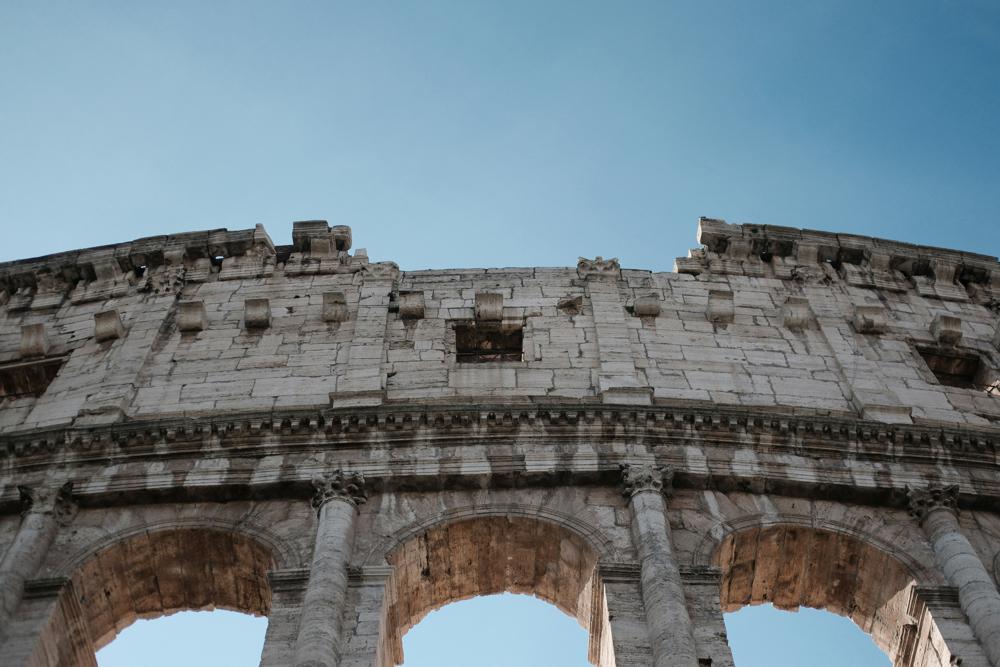

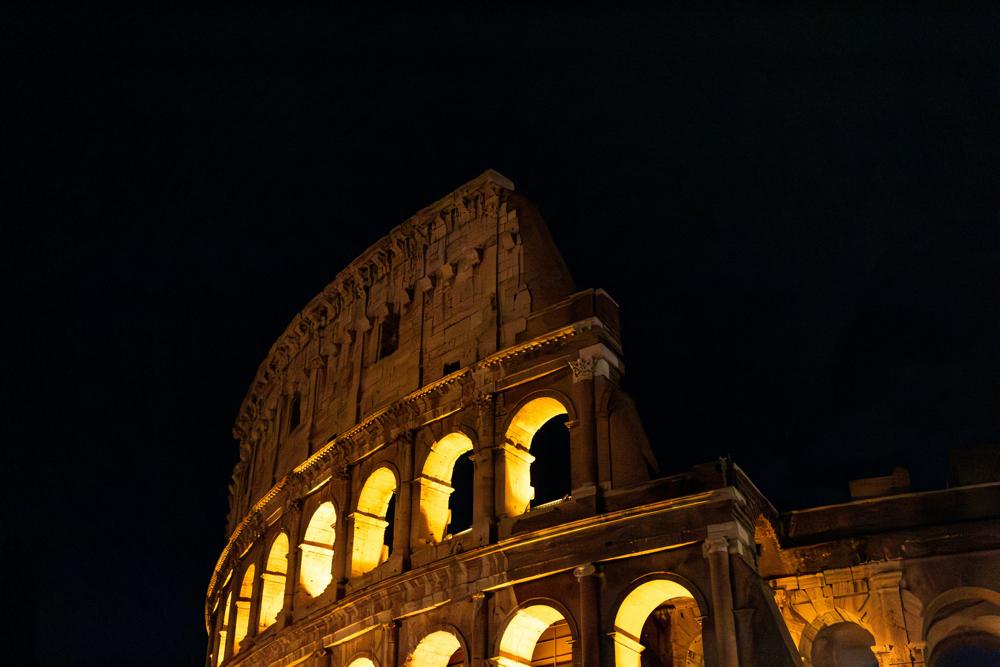

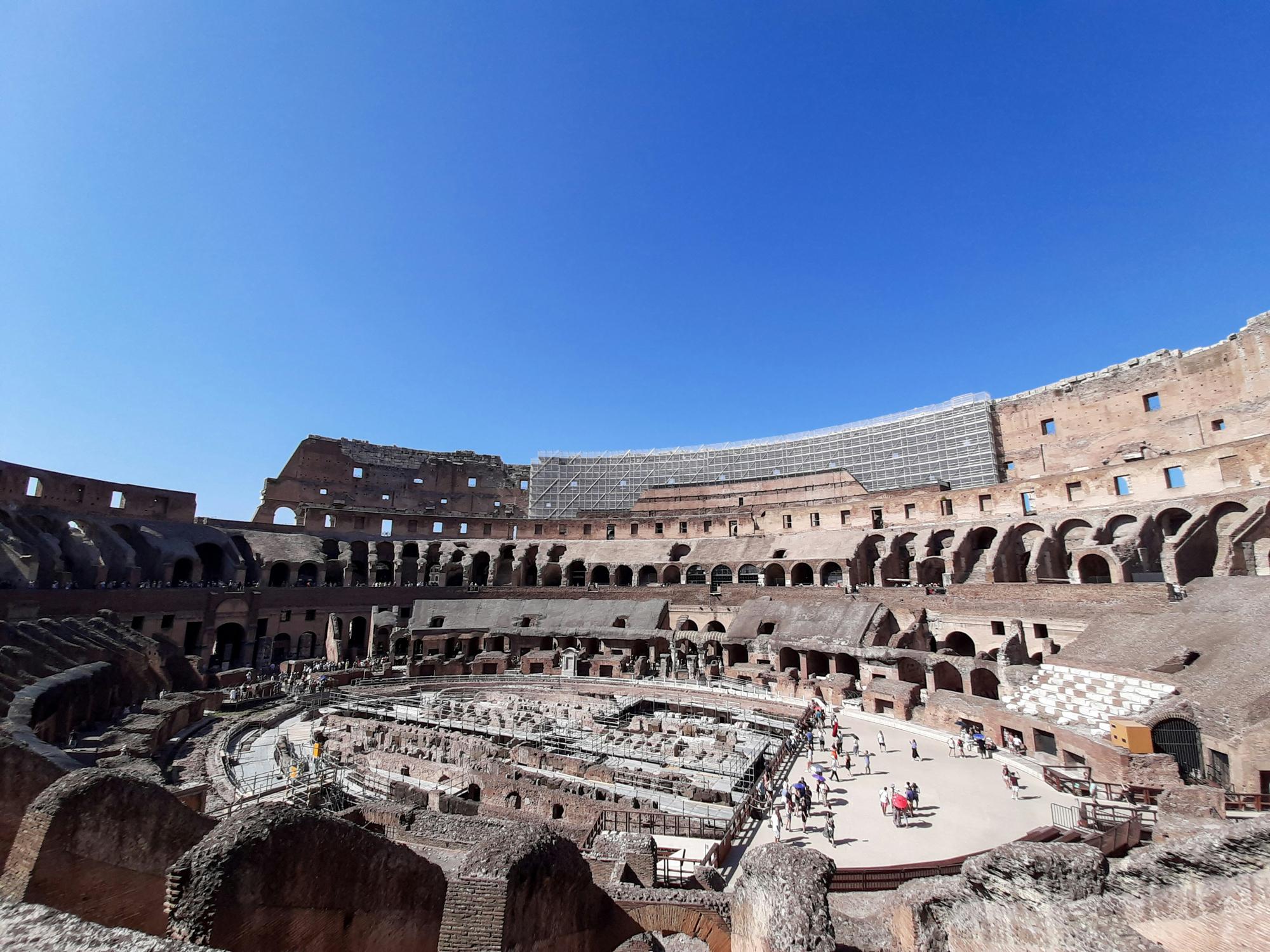





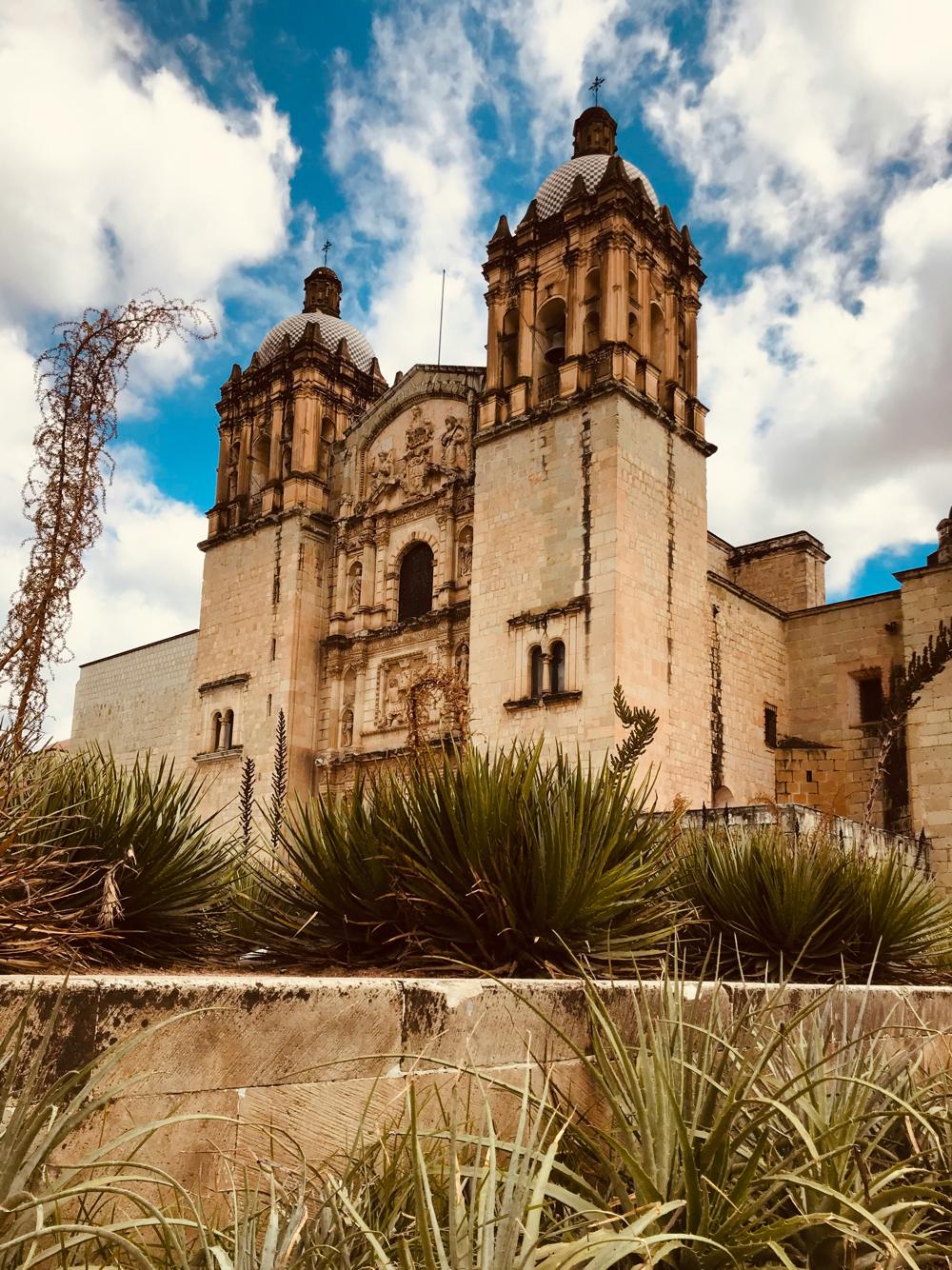
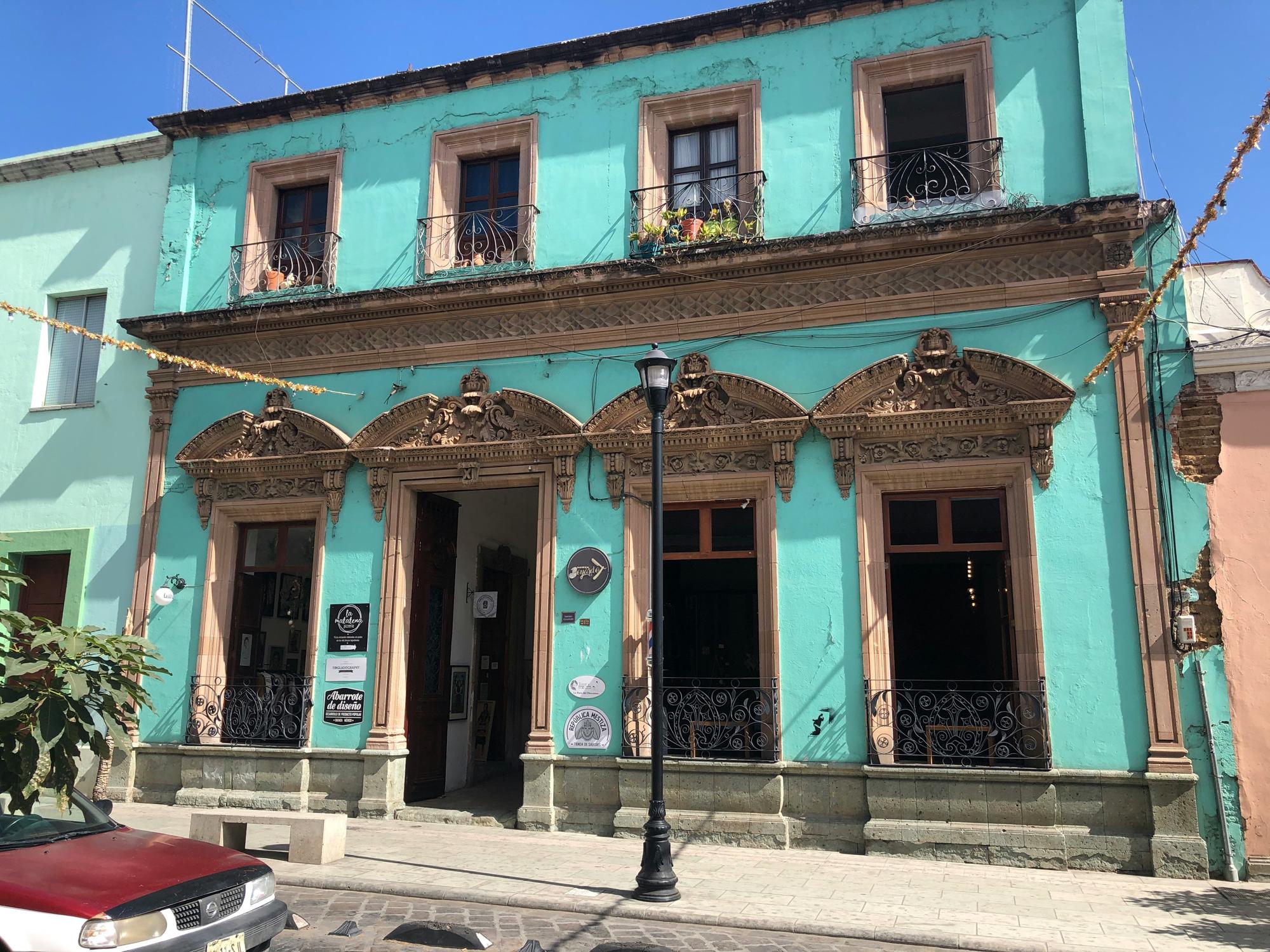




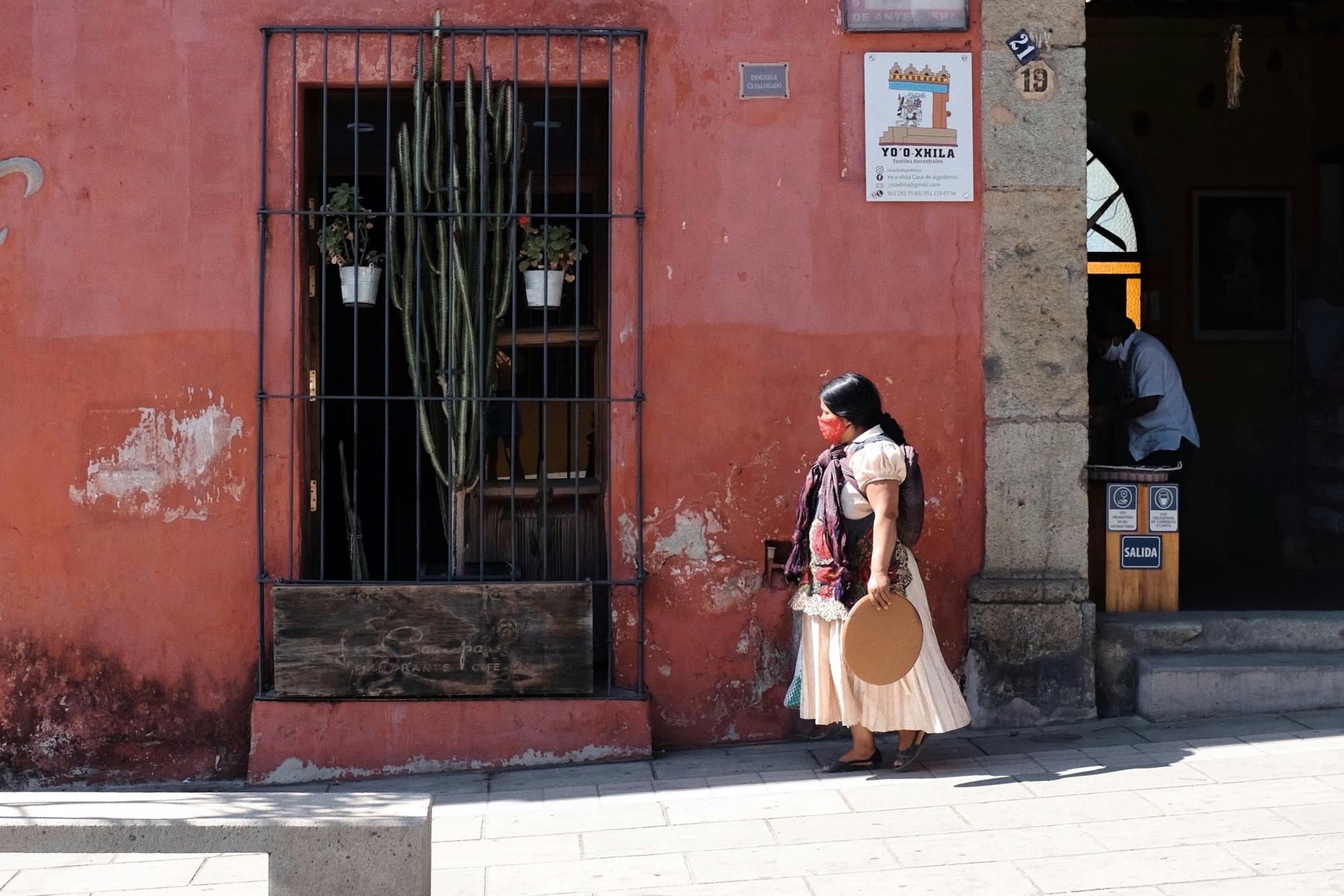
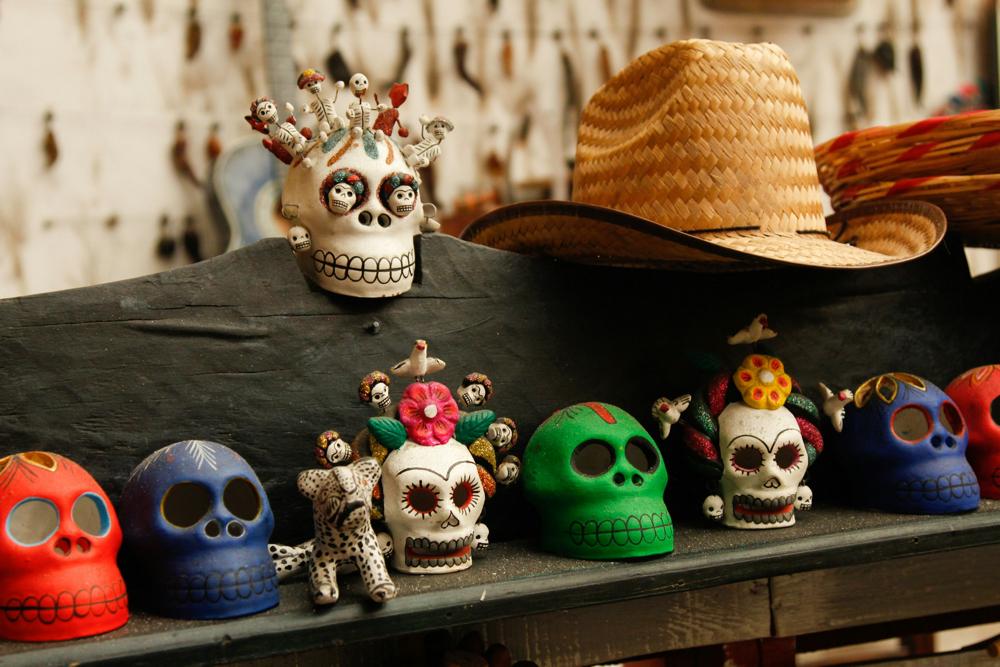




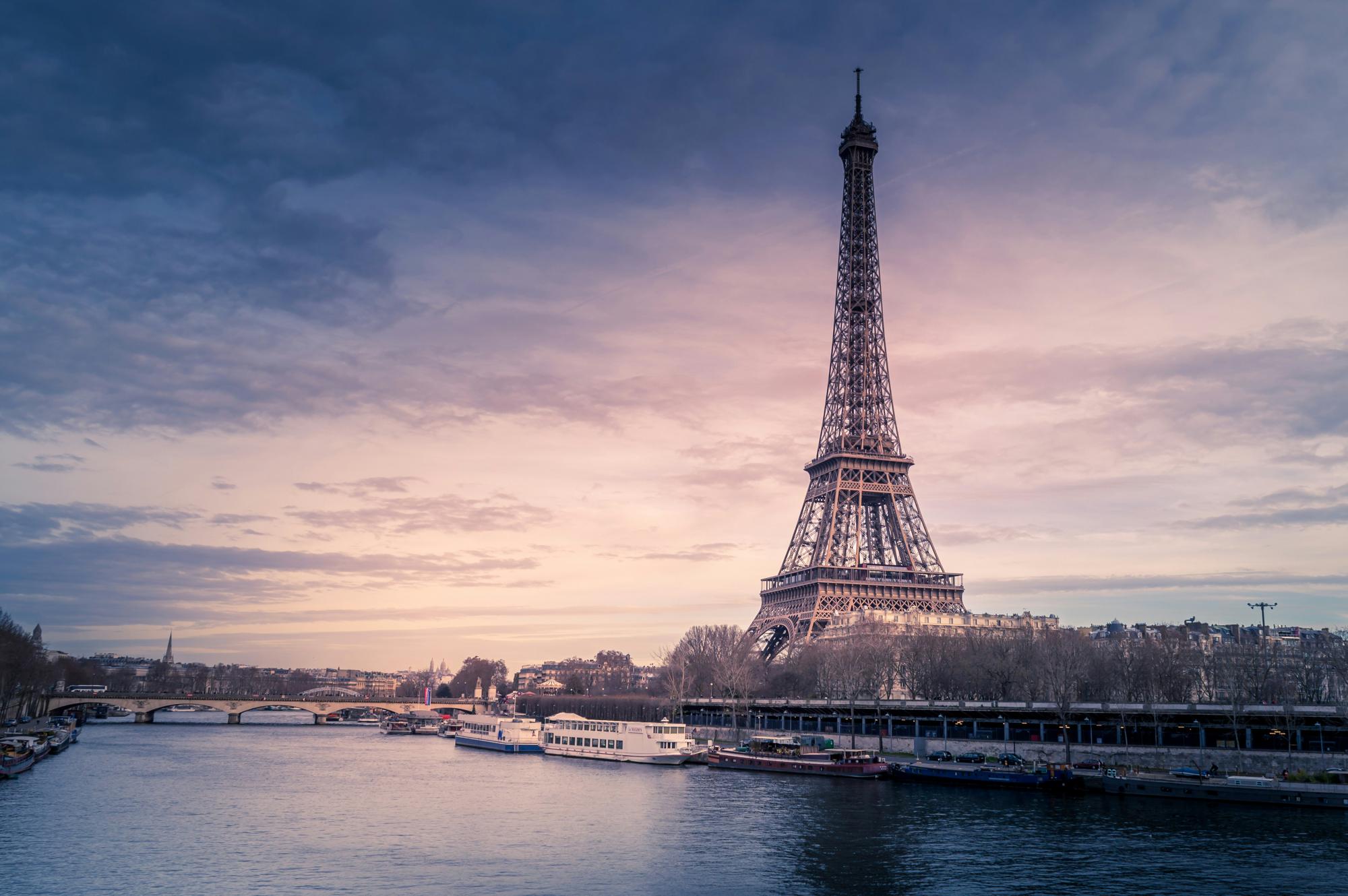


The Eiffel Tower, affectionately known as "La dame de fer" or "The Iron Lady," is one of the most iconic structures in the world! This charming nickname highlights its impressive iron construction and harks back to when it was first called the "300-Meter Iron Tower."
The term "Dame de Fer" really took off in the 20th century as people began to associate the tower with femininity, especially since the French word "Tour" (which means tower) is feminine. Officially named the Eiffel Tower after the brilliant engineer Gustave Eiffel, this remarkable landmark was built for the 1889 World’s Fair, celebrating the French Revolution. Can you believe it took just two years, two months, and five days to complete? Construction began in 1887 and wrapped up on March 31, 1889. The tower was assembled from 18,038 iron parts, all held together by about 2.5 million rivets! It truly stands as a testament to French engineering and has become a beloved symbol of Paris, welcoming millions of visitors every year.
Nestled on the Champ de Mars in the 7th arrondissement, the Eiffel Tower features three public levels that you can explore by lifts or stairs. There are even restaurants on the first and second levels, perfect for a lovely meal with a view! The second observation deck, standing 276 meters above the ground, is actually the highest public observation point in the European Union. Plus, don’t miss the chance to see Gustave
Eiffel’s private apartment at the very top—it’s quite a treat!
The Eiffel Tower has appeared in many famous films, like "The Devil Wears Prada" (2006), "Funny Face" (1957), and "Midnight in Paris" (2011). It’s not just a stunning sight; it’s also woven into the fabric of film and culture. How amazing is that?
The Eiffel Tower is a beloved landmark and a must-see attraction for visitors from all over the world! Standing tall at 330 meters, it’s an iconic part of Paris that can be seen from nearly anywhere in the city. With its stunning lighting that shines until 1 AM, the tower twinkles at special times and features a beacon that can reach up to 80 kilometers, delighting both locals and tourists alike.
Throughout its history, the Eiffel Tower has been part of many important events, both joyful and heartbreaking. In its early days, it even served as a laboratory for exciting scientific experiments, especially in wireless telegraphy, which helped save it from being torn down after its original 20-year plan. Plus, it has played a significant role in the evolution of radio and television. The transmitters on top of the tower make sure that all the digital TV and radio channels reach the 12 million people living in Îlede-France.
The Eiffel Tower truly is a symbol of innovation and a cherished part of the Parisian landscape!
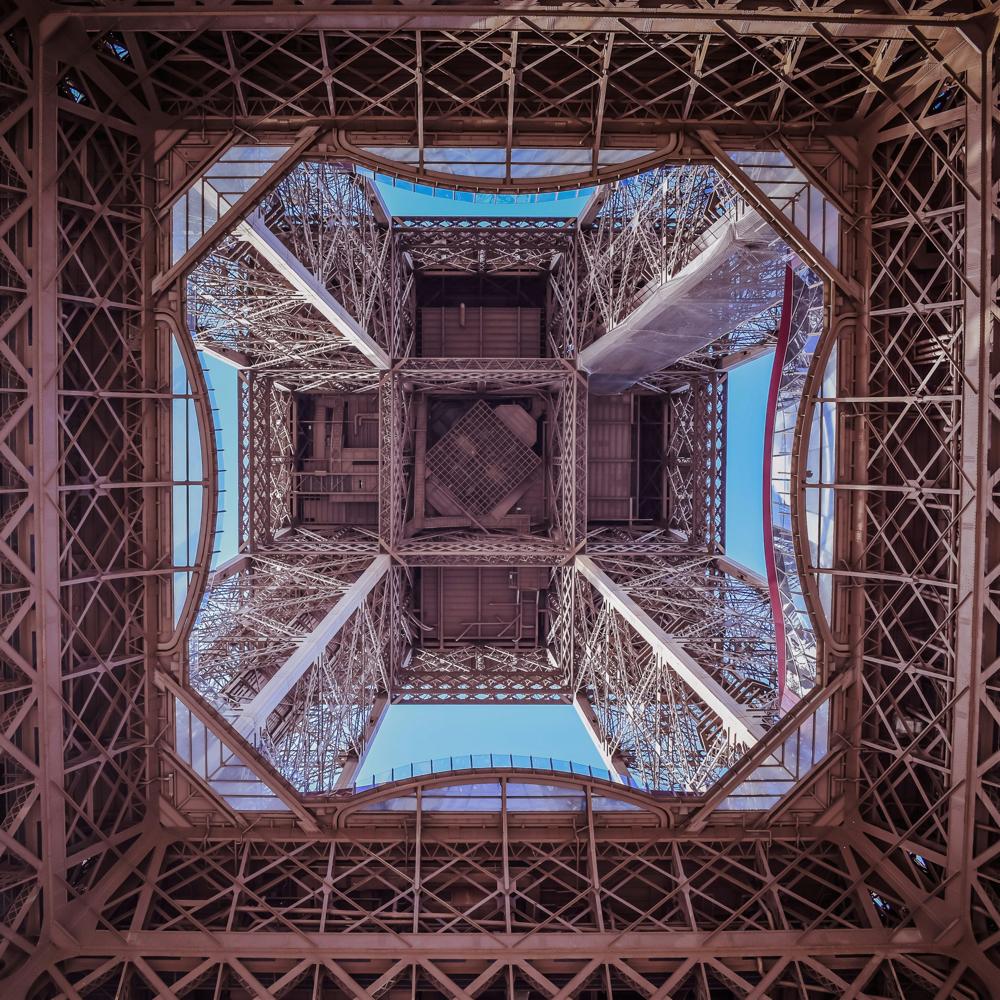

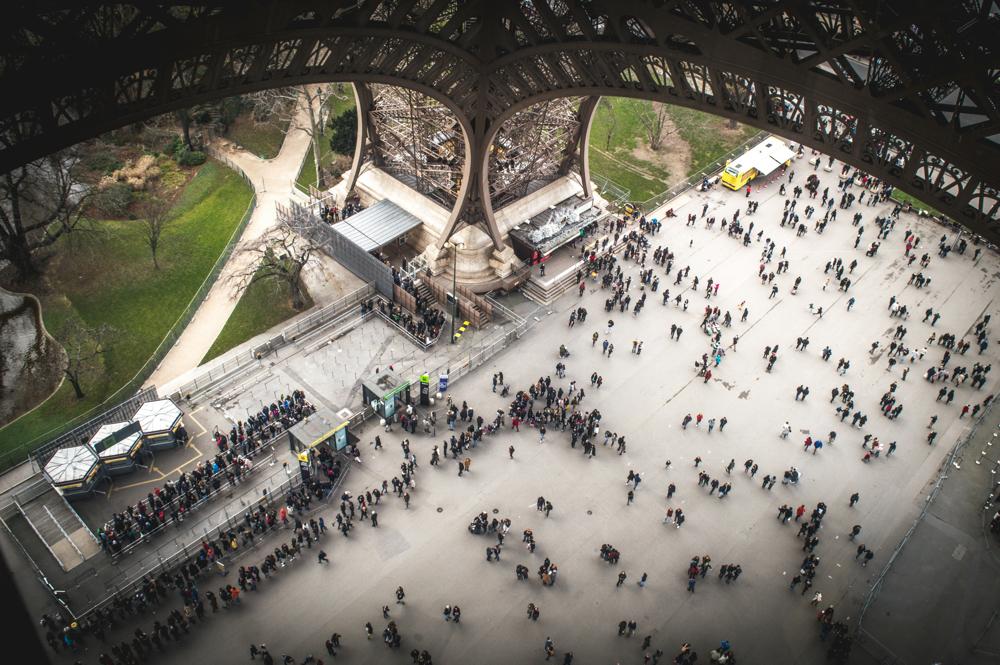


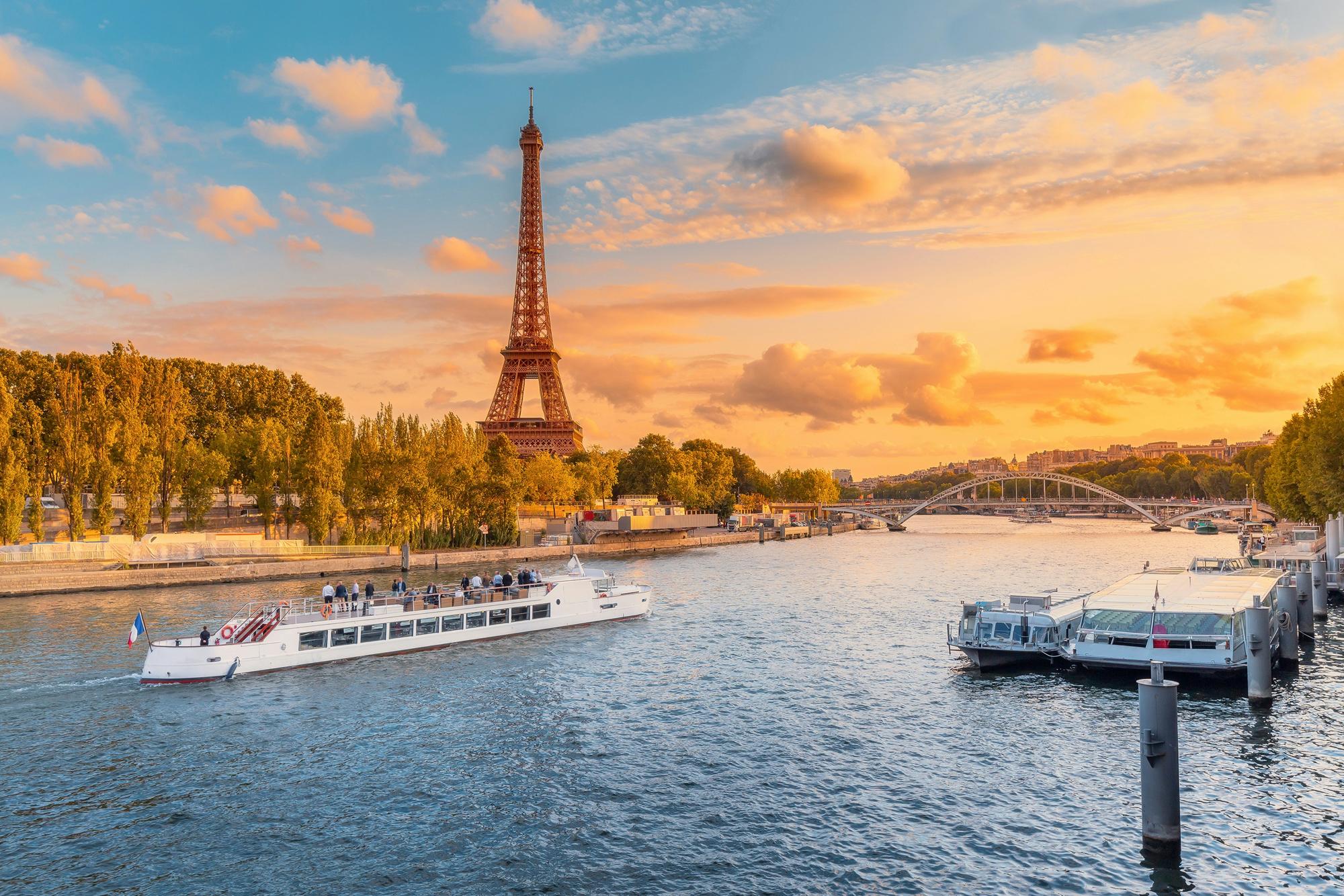



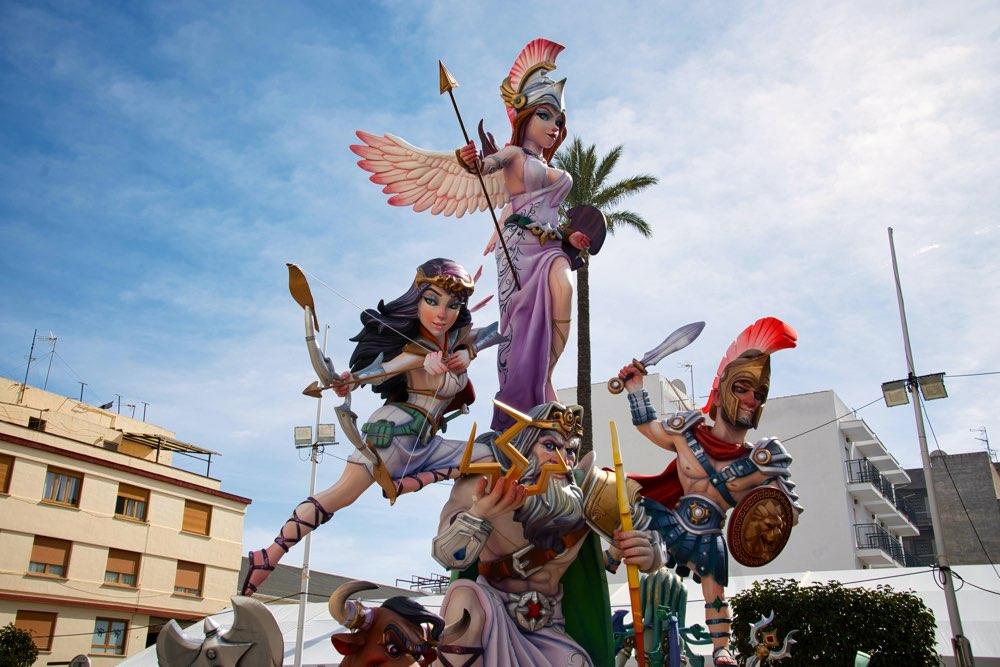
Las Fallas is an exciting and vibrant festival held in Valencia, Spain, to welcome the spring season! This traditional celebration features amazing giant papiermâché monuments called "fallas," which often humorously poke fun at political and social issues. It’s a week-long party that’s recognized as a UNESCO Intangible Cultural Heritage of Humanity, packed with lively parades, street parties, delicious food, catchy music, and thrilling daily firecracker shows known as "mascletàs." The grand finale takes place on the night of March 19 with "La Cremà," where most of the fallas are set on fire in a spectacular blaze. These fallas are colossal, artistic creations made from wood and papiermâché. The word "falla" originally meant torch, and now it beautifully represents both the monuments and the festive spirit surrounding the celebration. The "mascletà" is a must-see—a fantastic fireworks display that creates
a unique, thunderous sound that resonates throughout Valencia's Town Hall Square every day during the festival. The fun officially kicks off from March 1 and runs until March 19, but the main attractions really light up from March 15 to 19. Las Fallas has a fascinating history, originally starting as a way to burn old carpentry and discarded items. Over time, it evolved into a spirited celebration that preserves the Valencian language and culture. If you’re in Valencia during this festival, you’ll be treated to live music from marching bands and the chance to indulge in tasty traditional Valencian dishes like paella, buñuelos de calabaza (yummy pumpkin fritters), churros, and refreshing horchata de chufa (a delicious tiger nut milk). Las Fallas is not only lively and colorful but also a fantastic way to connect with the local culture, drawing in over a million visitors who fill the streets with joy, music, and a festive atmosphere!
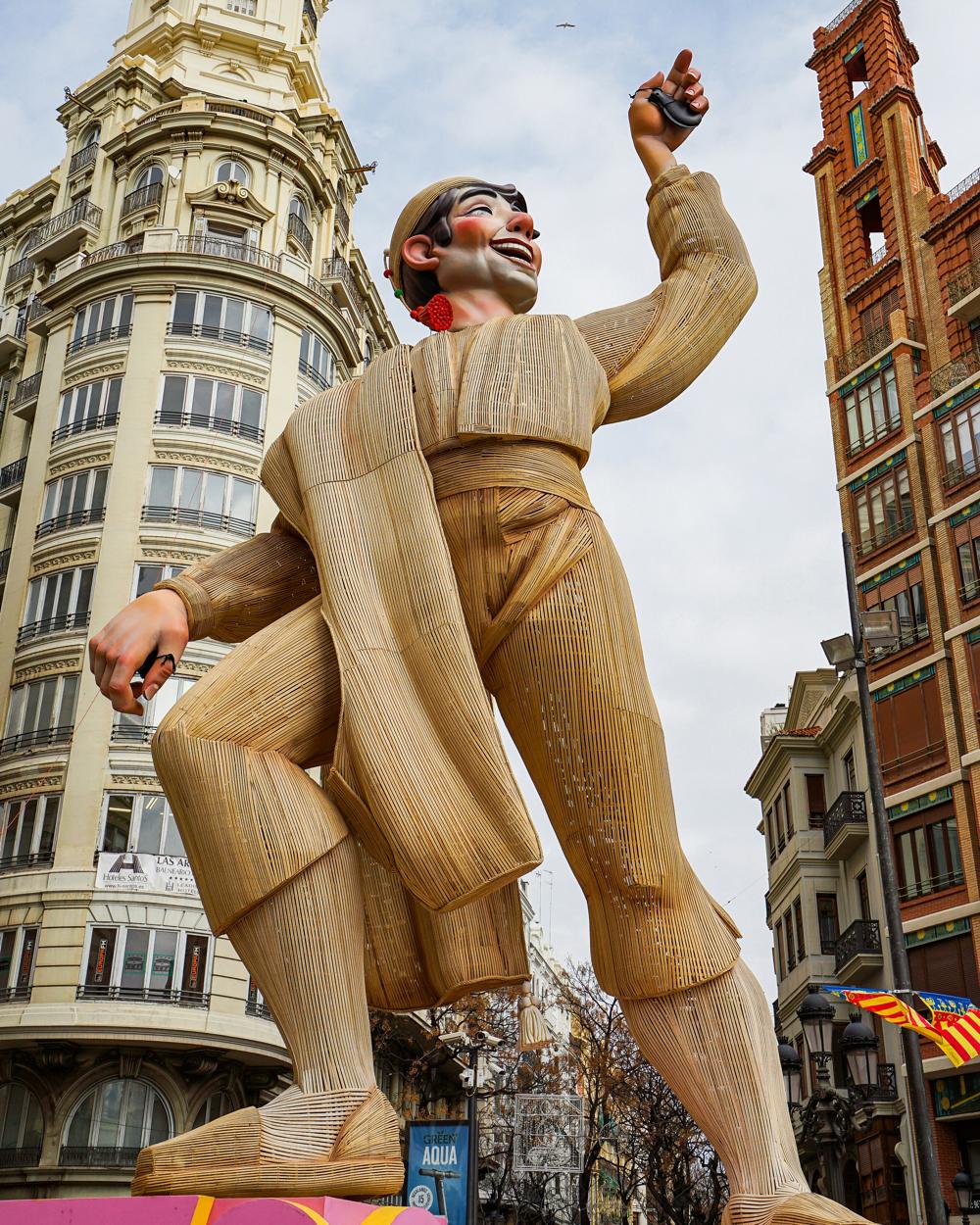


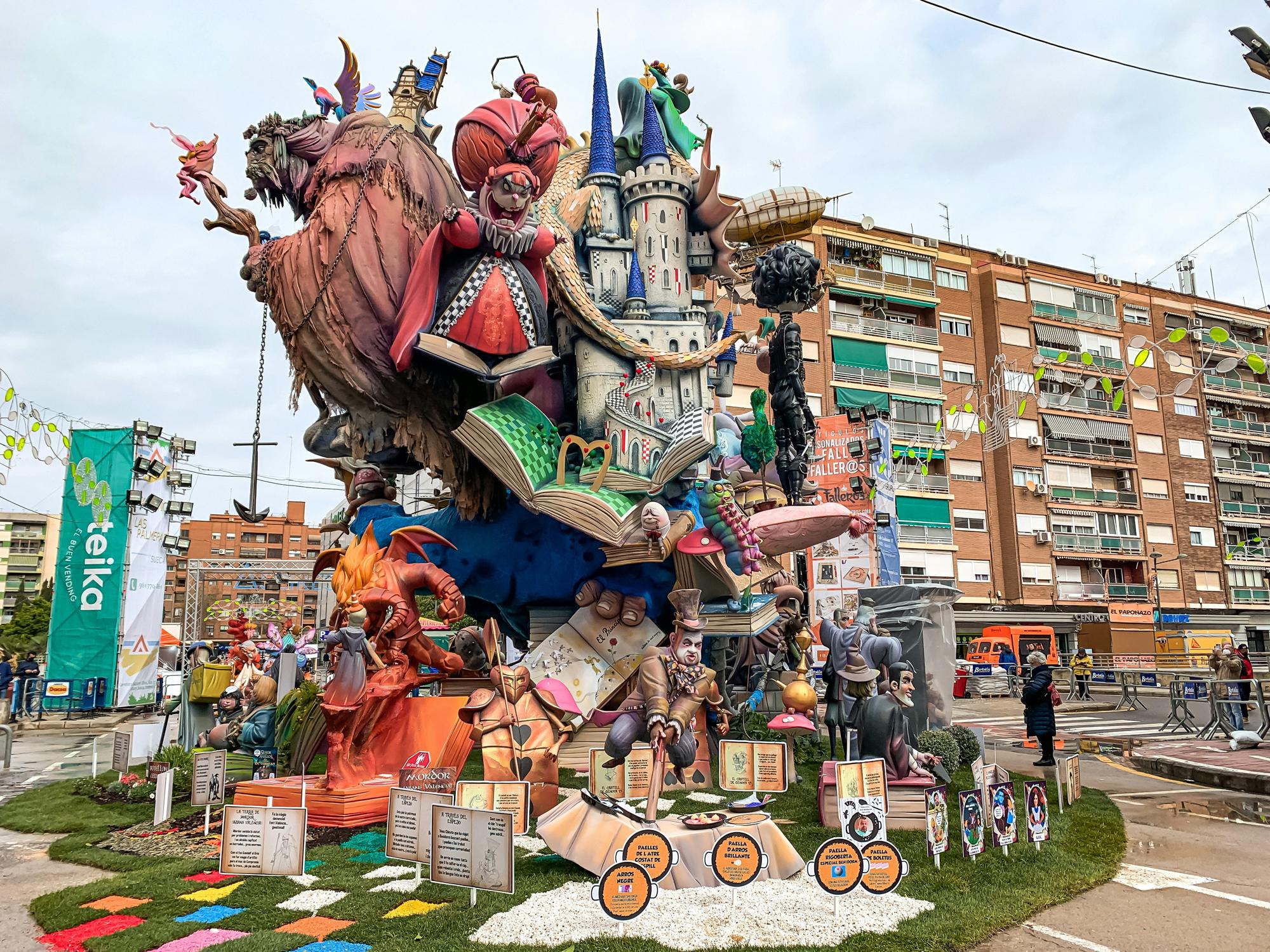



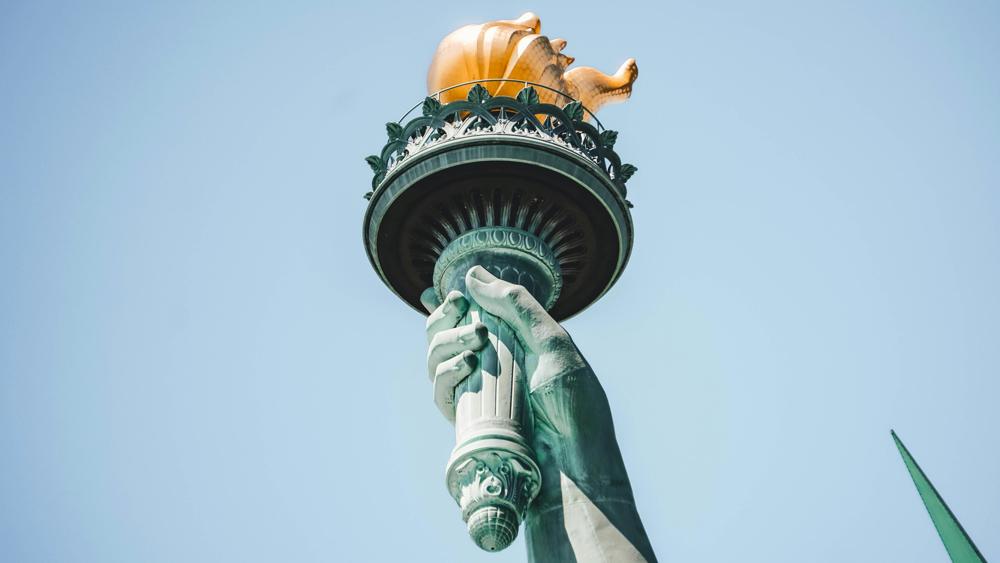

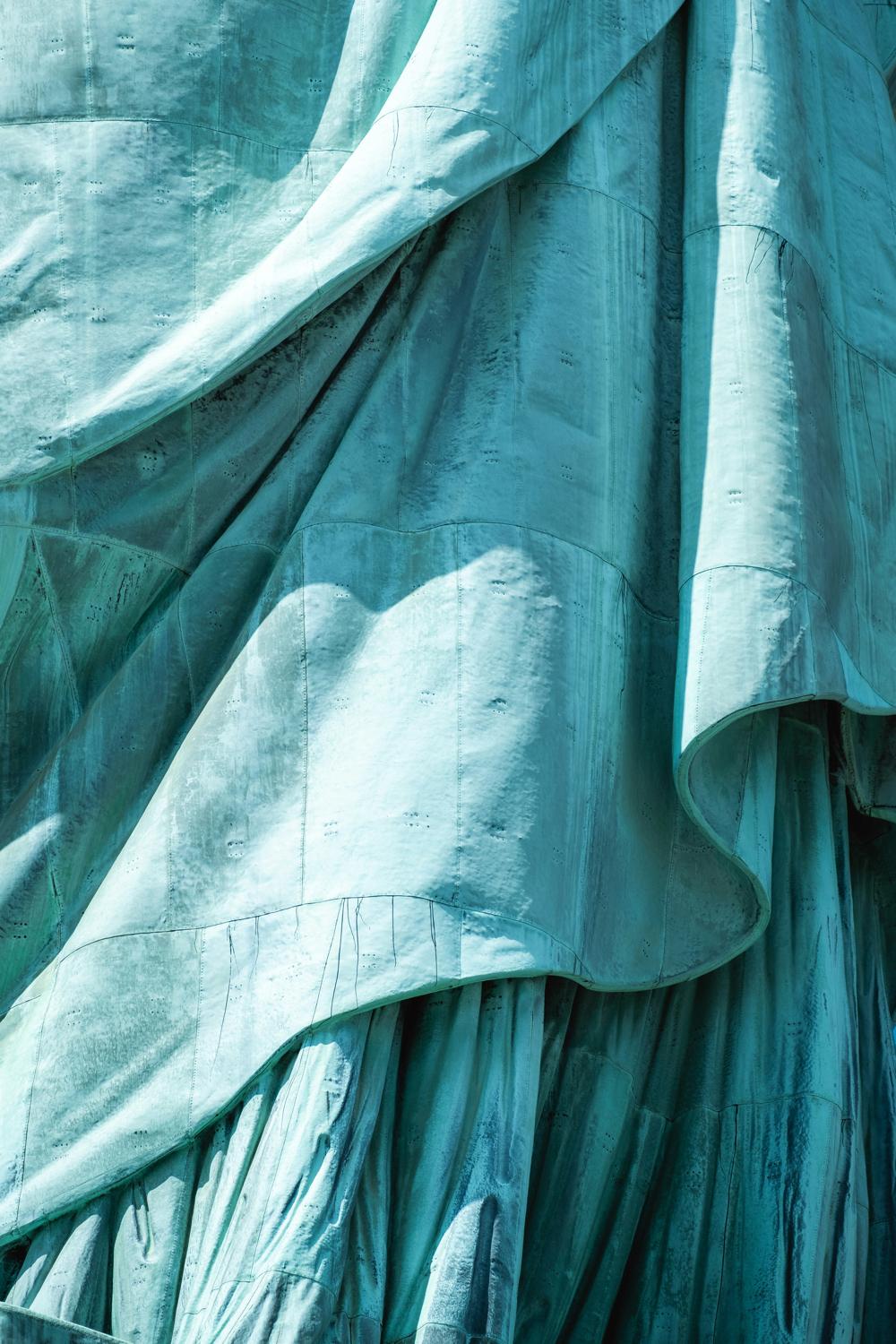




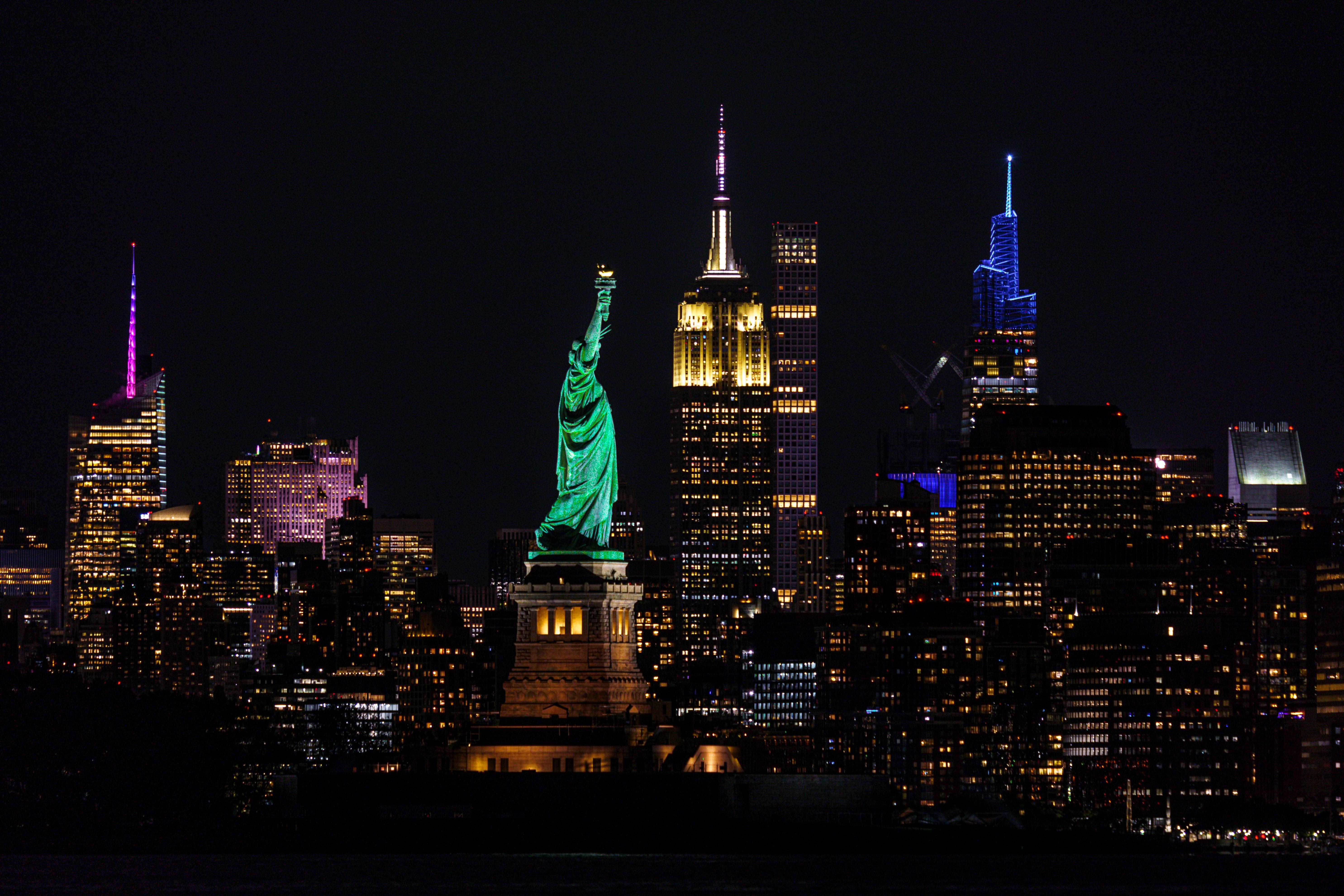
The Statue of Liberty has a fascinating backstory! Originally, it was conceived as a tribute to the abolition of slavery in the United States. However, by the time it was completed in 1886, its focus had shifted to represent universal liberty. Designed by the talented FrédéricAuguste Bartholdi, the early models featured African American traits and broken chains to symbolize freedom. These elements were later adjusted to show a more European appearance and less obvious chains at the feet, so it would be more widely accepted. The internal structure of this iconic statue was crafted by none other than Gustave Eiffel. It was actually a gift from France, representing the friendship and shared values of liberty and democracy between our two nations. You might have heard the Statue of Liberty referred to as the "Green Goddess." This nickname comes from the beautiful green patina that has developed on its copper surface over the years. It has several charming nicknames, including its official title, "Liberty Enlightening the World," and popular ones like "Lady Liberty" and "Mother of Freedom." Isn’t it amazing how much history is wrapped up in this symbol of hope and freedom?
The design of the statue, with its glowing torch, crown adorned with seven rays, and broken chains at its feet, beautifully symbolizes a guiding light to freedom and the triumph of liberty over oppression.
For countless immigrants arriving by sea through New York Harbor, the Statue of Liberty was the first sight of their new beginnings, making it a heartfelt symbol of welcome and opportunity. This special meaning was made even stronger in 1903 when a bronze plaque featuring Emma Lazarus's touching poem, "The New Colossus," was placed inside the pedestal. The poem's famous lines, "Give me your tired, your poor, / Your huddled masses yearning to breathe free," truly established Lady Liberty as the "Mother of Exiles." And did you know that Paris also has some lovely replicas of the Statue of Liberty? There's a prominent 11.5-meter (39-foot) version on the Île aux Cygnes, a smaller replica in the Luxembourg Gardens, and another one at the Musée d'Orsay. These copies really showcase the enduring spirit of freedom and hope!



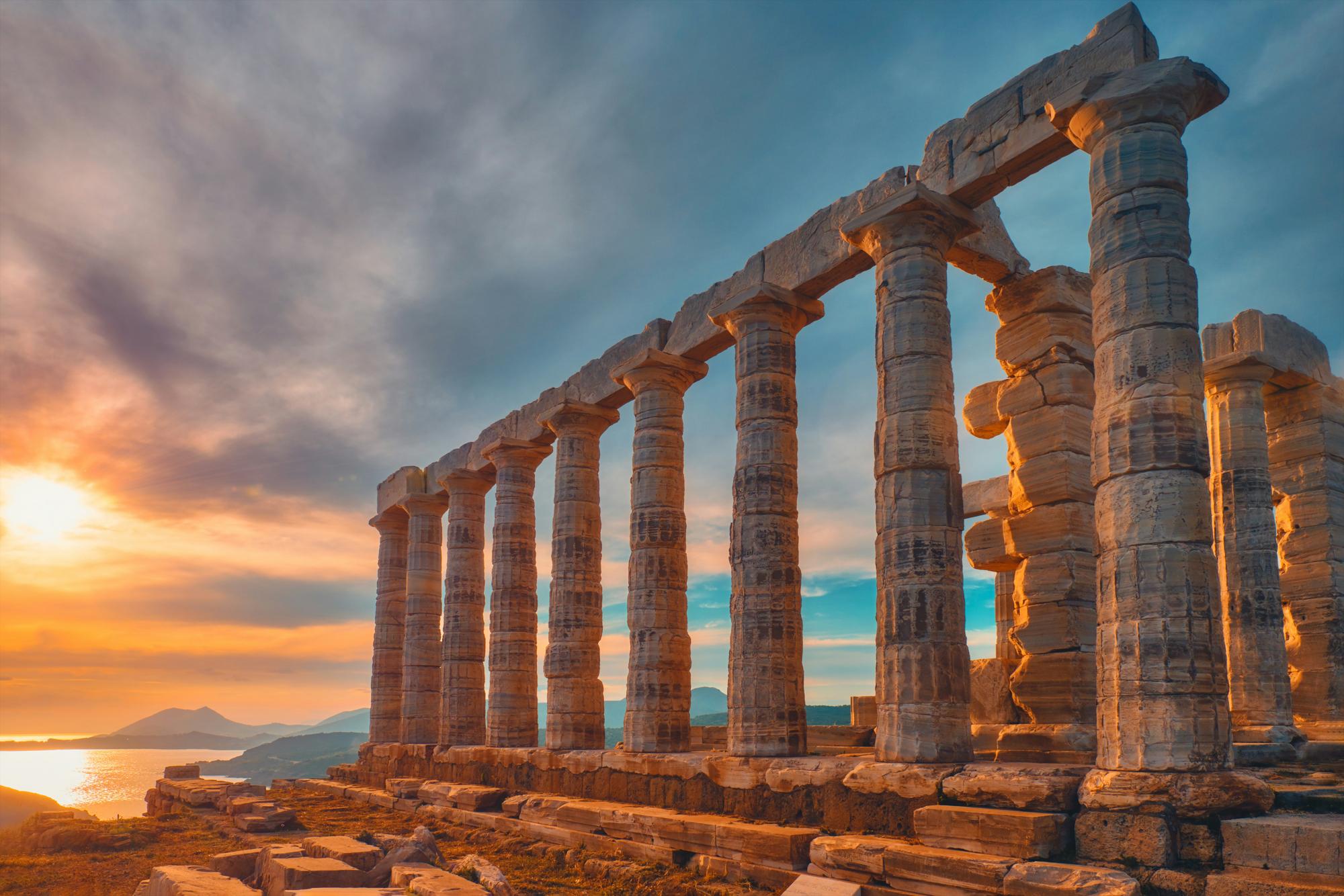


The Acropolis of Athens stands as a beacon of profound political, cultural, and religious significance. As the most celebrated ancient citadel, it symbolizes the timeless spirit of classical civilization and the remarkable achievements of ancient Greece in art, architecture, and democracy. It serves as the sacred heart of Athens, dedicated to Athena, the city's revered patron goddess, and other vital deities. The Acropolis was the vibrant center of religious festivals, especially the Great Panathenaea, where a magnificent procession culminated in the presentation of a new robe (peplos) to the statue of Athena. The reconstruction of the Acropolis in the 5th century BCE, led by the visionary statesman Pericles, celebrated Athens's triumph over the Persians and its role as a democratic leader among Greek citystates. This ambitious building program was a powerful declaration of Athenian excellence, strength, and cultural supremacy. The Parthenon, in particular, also stood as the treasury of the Delian League.
The Acropolis was originally a fortified citadel of the Mycenaean civilization. Its elevated position made it a
natural defensive stronghold for the city of Athens. The structures on the Acropolis exemplify the pinnacle of ancient Greek architectural and artistic achievement, inspiring design for centuries to come. Visionary architects like Iktinos, Kallikrates, and Mnesicles employed advanced techniques and optical refinements to create a profound sense of harmony and balance. The structures and artifacts of the Acropolis reflect significant events and ideas of their time, celebrating the mythology of Athena and Poseidon, the rise of Athenian democracy, and the spirit of resilience in conflicts with Persia.
As a UNESCO World Heritage site, the Acropolis is a cherished treasure of humanity's cultural legacy. The artifacts and sculptures preserved in the Acropolis Museum offer a glimpse into the ancient city's rich history. The Acropolis stands as a powerful symbol of inspiration for Western thought, capturing the essence of democracy, rational thought, and philosophy that flourished in Athens. Its monuments serve as enduring reminders of these vital principles.





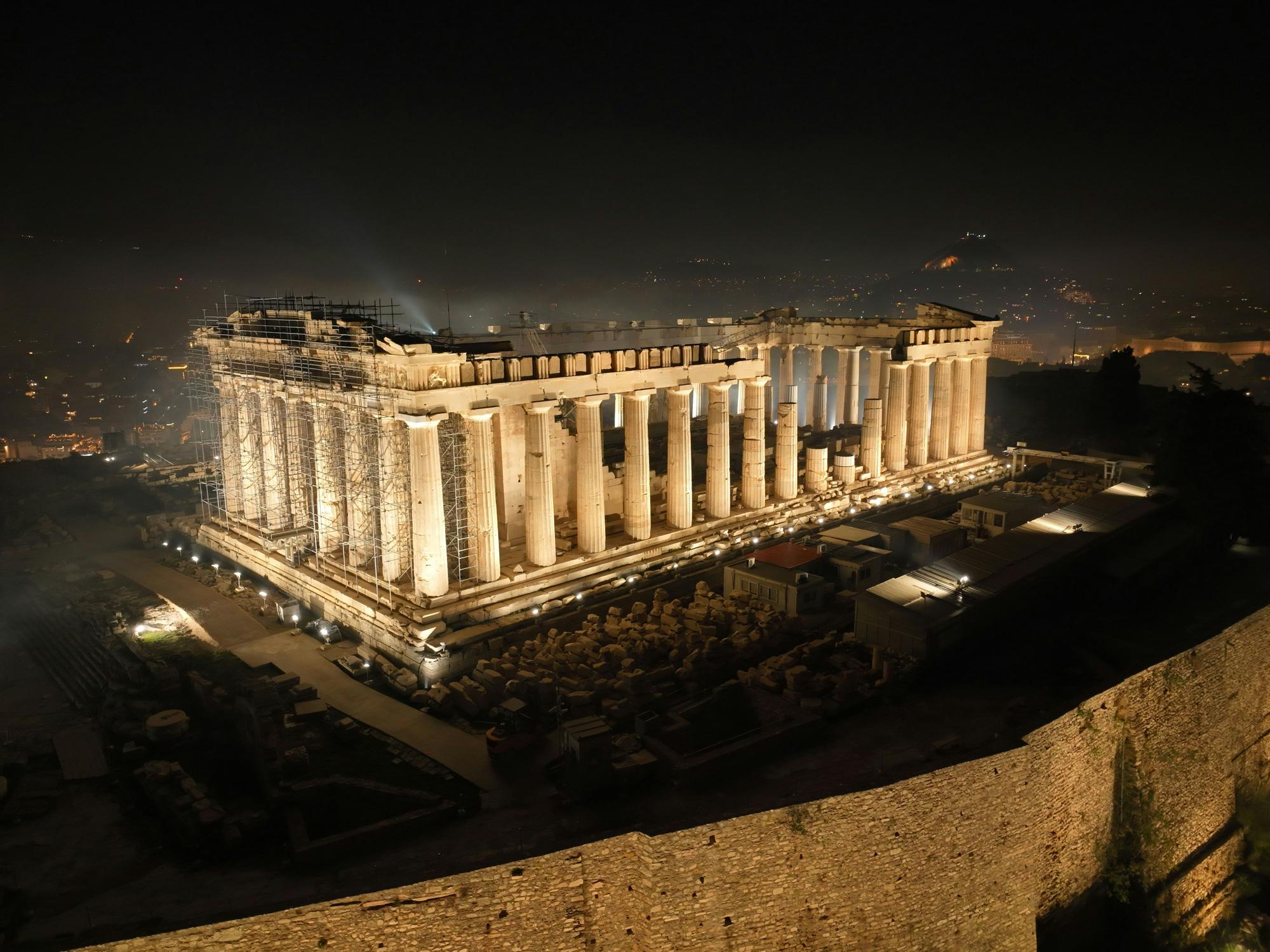


Design Destinations Magazine had a delightful conversation with Carmen Cordoba, the wonderful leader of one of Greece's top destination management companies. As the founder, owner, and CEO of Luxury Greece DMC & Travel, Carmen is passionate about creating the perfect personalized and customized travel experiences for her clients. With Luxury Greece DMC & Travel, every journey is tailored to make her clients’s adventure truly special!
DDM: You've truly carved out your own path and found success in a market that, although familiar, didn't offer the luxury of curated experiences. I'm curious, what inspired you to get started? And what kept you going through the challenges of launching a new business?
CC: My inspiration initially stemmed from a passion for creating memorable, personalized experiences that go beyond the ordinary. At that time, during a period of crisis, many people advised me against starting an agency, especially given my lack of contacts in government offices and similar networks. However, I envisioned a future beyond the darkness. The journey was challenging, with low demand for services. As a foreigner in Greece, my goal has always been to help people feel at home rather than like strangers. My deep dedication to excellence and the desire to exceed my clients' expectations, each successful trip reinforced my passion, now we will close 11 years in the luxury market, at that time we were few exclusive DMC’s doing luxury travel, now are so many but many of them, don't understand the definition of what "Luxury" is.
DDM: Can you share a memorable experience where you crafted an exclusive travel adventure that went above and beyond for a client? What made it so special?
CC: One of my most memorable travel experiences involved bringing together a group of women from New Zealand and a small group of women from northern Greece. We organized a saffron harvesting event in northern Greece, where they shared their experiences and enjoyed a lunch prepared by themselves. The event concluded with a farewell glass of Greek wine, and we all cried with emotion, including me! Another unforgettable luxury experience was privatizing entire museums, such as the Acropolis Museum, along with galleries, and Michelin-starred restaurants. I organized a specially tailored itinerary for our top VIP guests, allowing them exclusive access and unique cultural insights. It was an amazing experience to be alone in a magnificent museum, just waiting for my guests to arrive! I will never forget it!
DDM: How can you get to know a luxury client's personal preferences and needs on a deeper level, beyond just the obvious?
CC:To better understand a luxury client's preferences, we begin with a comprehensive pre-trip questionnaire or a Zoom call to gather details about their travel and tasting preferences. Following that, we provide fully personalized service, 24/7 concierge support, and our complete dedication, which truly makes a difference. We also include undiscovered hidden gems and exclusive experiences to ensure an exceptional journey.
DDM: What steps do you take to make sure everything is spot on and nothing gets missed when handling complex luxury bookings?
CC:When managing complex reservations, I follow a meticulous planning process that includes the use of checklists, double confirmations, and ongoing communication with suppliers and partners. Attention to detail, proactive problem-solving, and contingency
planning are essential to ensuring everything runs smoothly and that no detail is overlooked. It's important to emphasize that I have personally visited all the hotels in our portfolio and have experienced each place firsthand. All our services are pre-checked because our clients have high expectations, and we must provide them with impeccable and transparent information.
DDM: How do you evaluate client satisfaction after a luxury trip?
CC:Client satisfaction is assessed through follow-up conversations, feedback surveys, and by observing how well their needs and expectations have been met. Personal feedback and referrals serve as valuable indicators of their overall experience, helping me continually refine my services.
To learn more about Luxury Greece DMC & Travel, visit
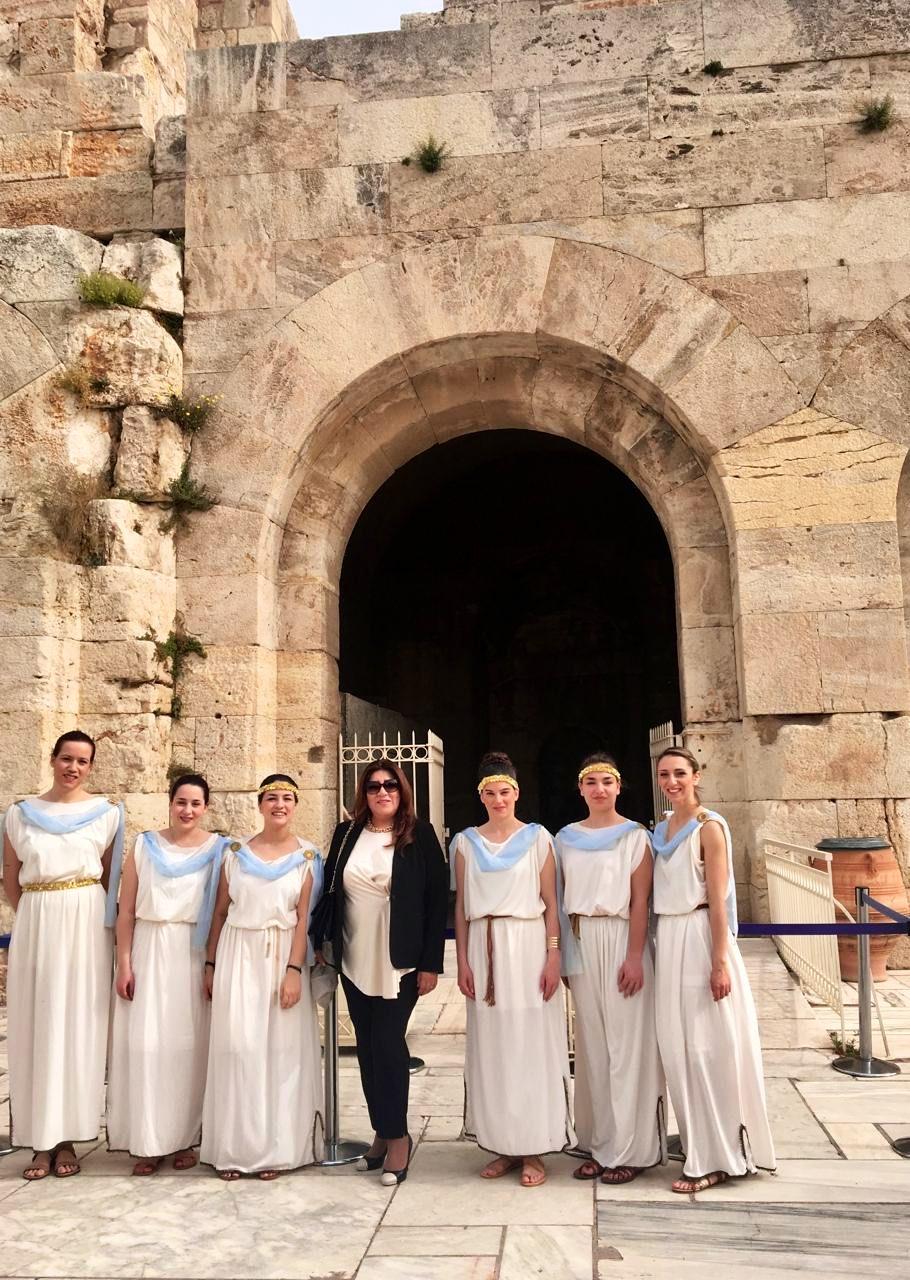





There's something truly special about train travel! It offers a relaxed, scenic, and stress-free journey that just can’t be matched. Riding the train gives you the chance to enjoy breathtaking landscapes, comfortable seating, and that delightful old-time charm that modern travel often misses. People are naturally drawn to trains for so many reasons. Whether it’s the unique experiences, the eco-friendly benefits, or the chance to connect with nature and fellow travelers, train journeys are less rushed and more enjoyable than other forms of transportation. As trains meander through stunning locations—think beautiful mountain ranges, breathtaking coastlines, lush forests, and adorable little towns—you really can soak in the scenery in ways that cars or planes just can’t offer. Plus, there’s something so soothing about the rhythmic clatter of the wheels on the tracks and the gentle vibrations that create a cozy atmosphere as you travel. One of the best things about train travel is the freedom it offers. You can wander around the carriage, find your favorite spot to relax, and even walk the length of the train to stretch your legs. With more space to move around than you get in a car or plane, it truly makes for a comfortable experience. Train travel also has a wonderful romantic and nostalgic vibe, evoking a sense of adventure that feels like stepping back into a classic era. And let’s not forget the joy of
meeting new people along the way! Sharing stories and experiences with fellow passengers adds a lovely touch to your journey.
If you're looking for some of the most breathtaking train journeys in Europe, you can't go wrong with the Bernina Express and Glacier Express in Switzerland. The West Highland Line in Scotland and the Flåm Railway in Norway are also amazing, featuring stunning views of mountains, fjords, and glaciers. And don’t miss the iconic Venice Simplon-Orient-Express, the lovely Cinque Terre Express along the Italian coast, and the charming Douro Line in Portugal! Over in North America, there are plenty of gorgeous train trips too! Take the scenic Amtrak Empire Builder to Glacier National Park or enjoy the luxurious Rocky Mountaineer as it winds through the Canadian Rockies. VIA Rail's classic journey across Canada is a must-try, as well as the Amtrak California Zephyr through the Rockies and Sierras, and the Amtrak Coast Starlight along the beautiful Pacific Coast. For something a little different, check out the Grand Canyon Railway, the historic Durango and Silverton Narrow Gauge Railroad, or hop on the Alaska Railroad. Traveling by train is such a fun and wonderful way to see the world! So hop on a train and enjoy a fantastic blend of comfort and connection as you watch the beautiful landscapes roll by!









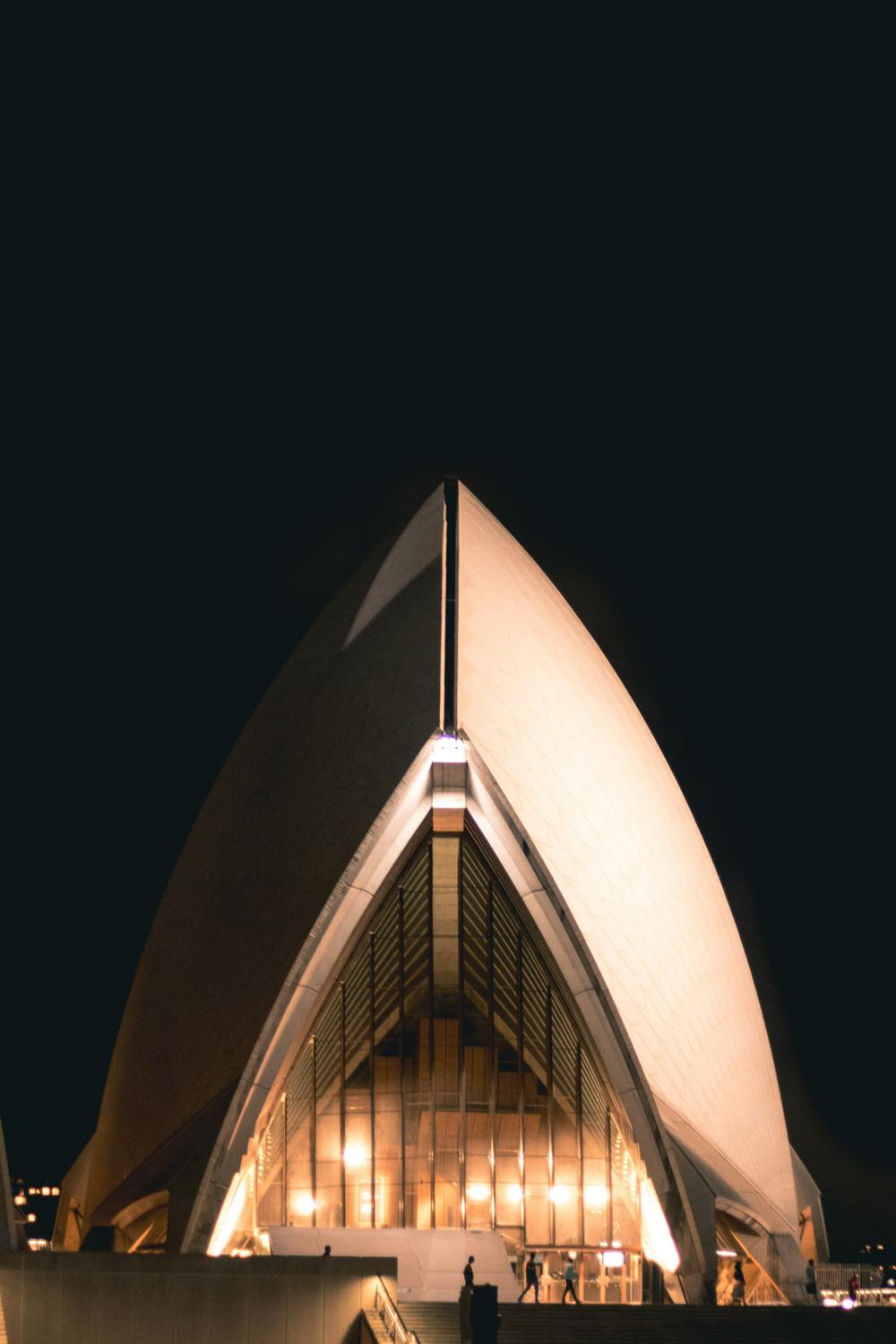
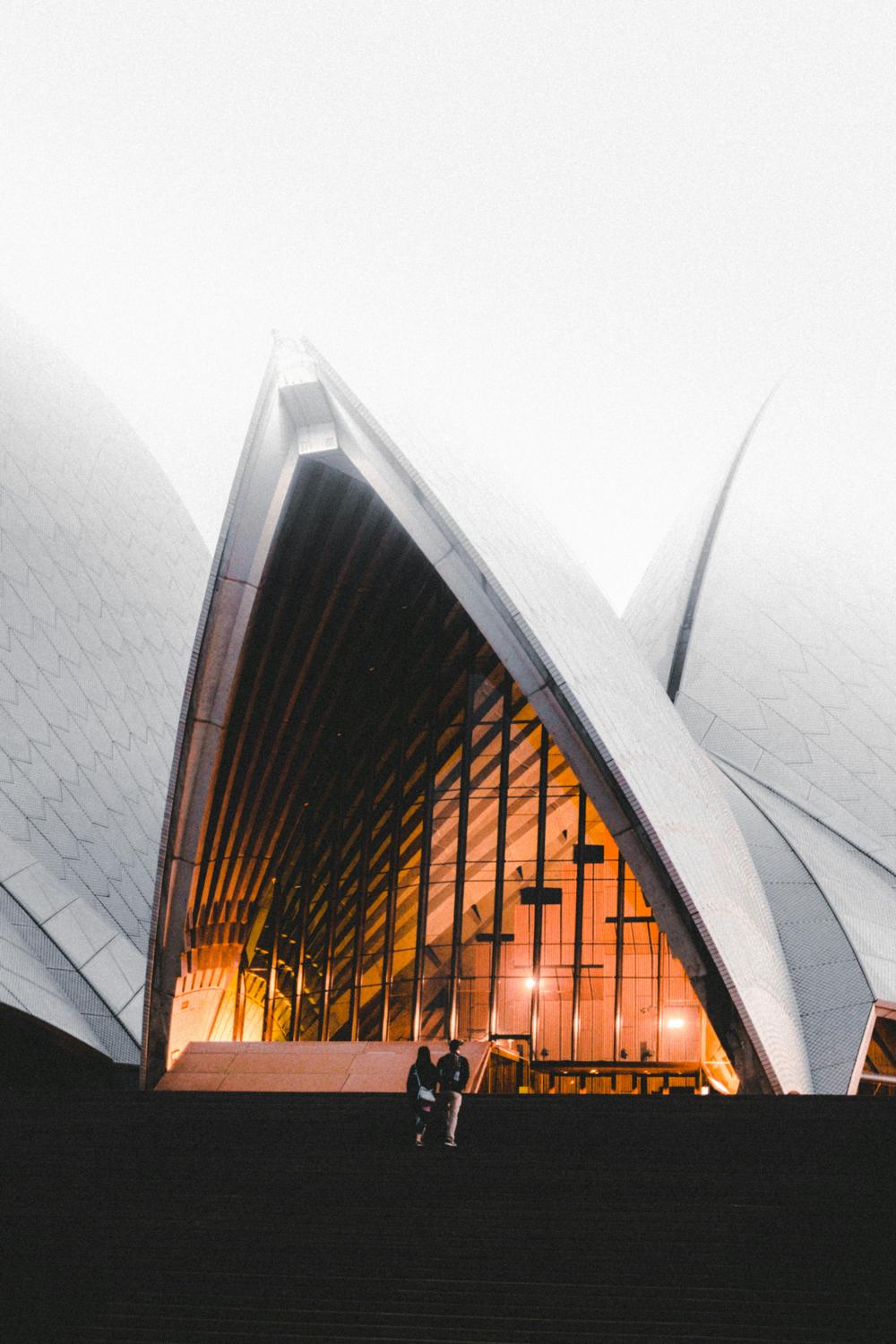

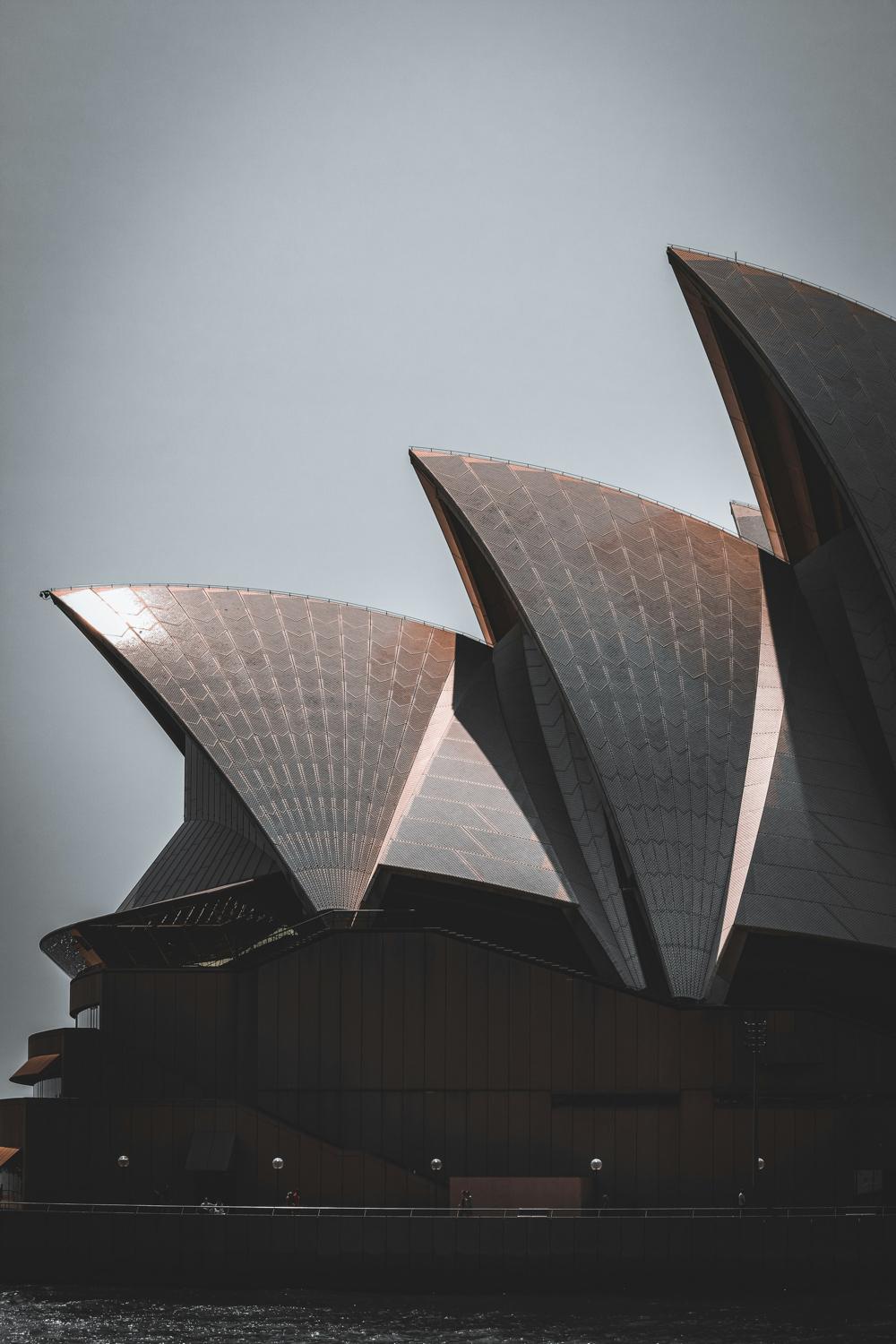



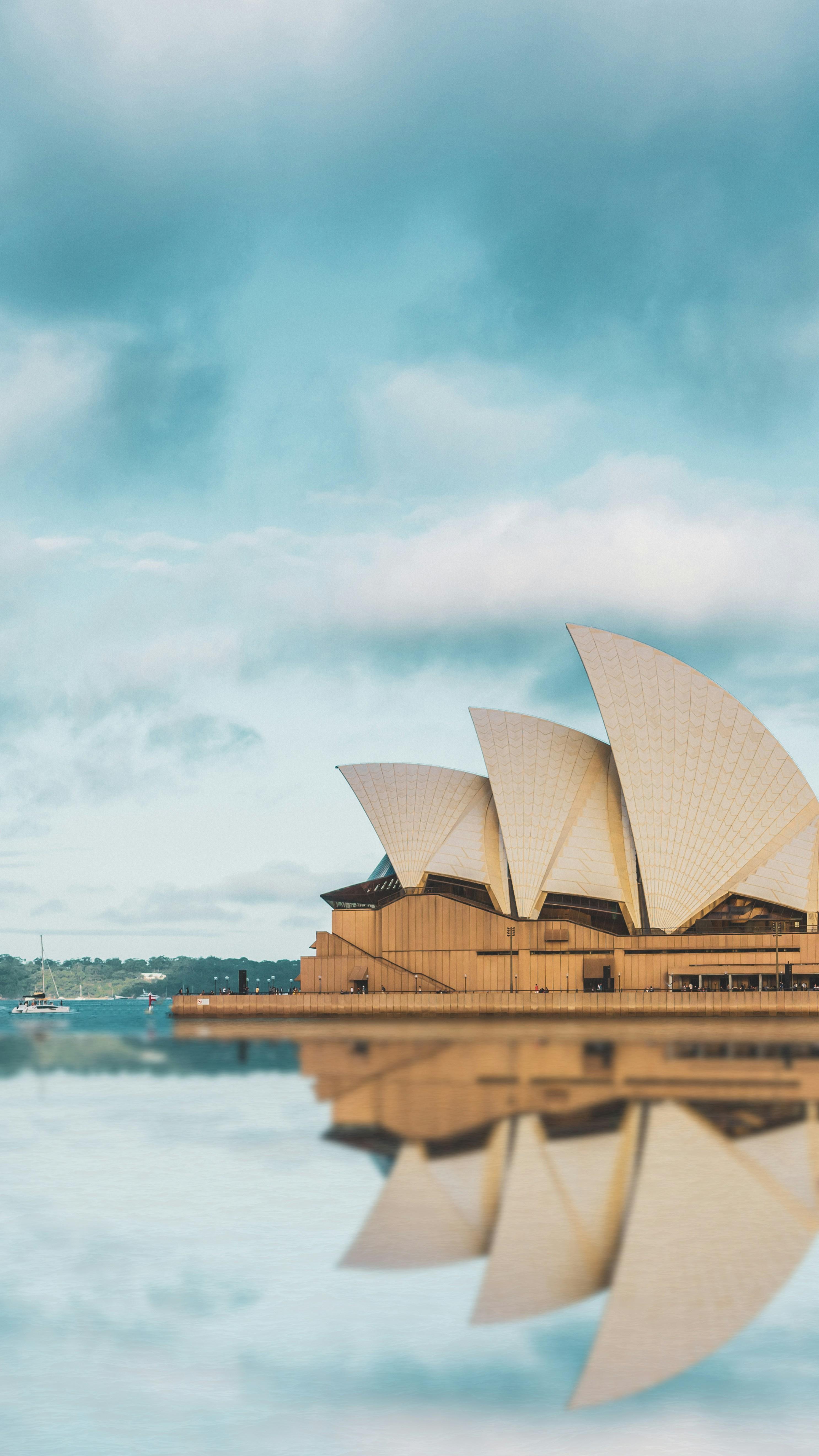
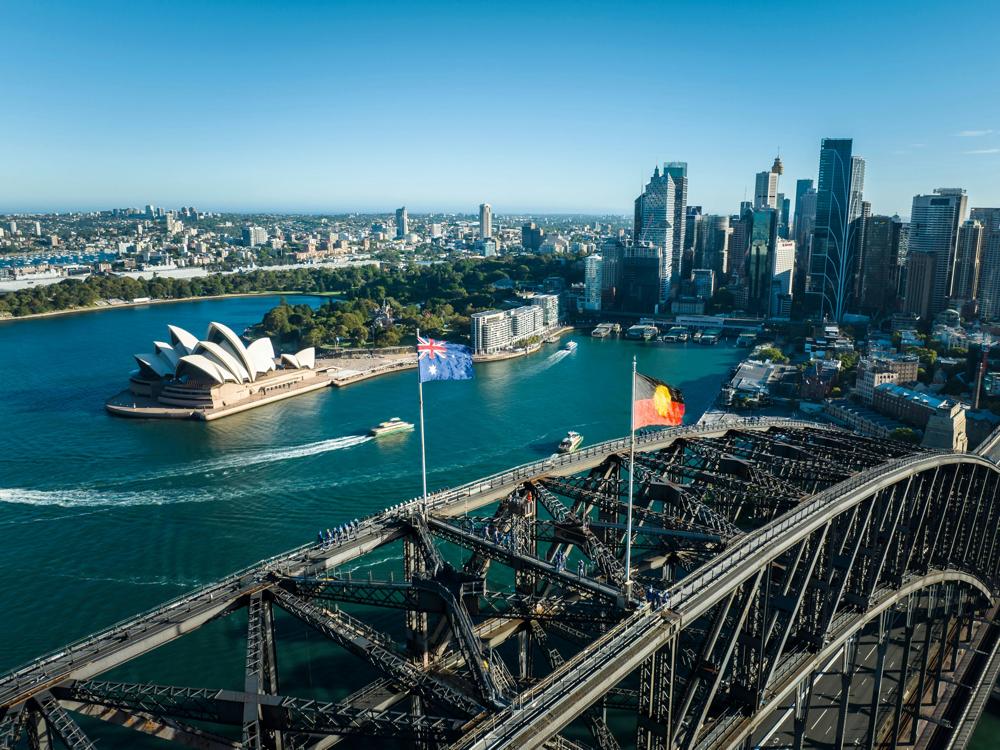
The story of the Sydney Opera House really took off in the mid-1950s when the vibrant city of Sydney realized it needed a top-notch venue for big artistic performances. Thanks to the efforts of English conductor Eugene Goossens, New South Wales Premier Joseph Cahill decided to host a competition in 1955 for a new opera house to be built on the scenic Bennelong Point. The goal was to put Sydney on the map as a cultural hub! A surprising 233 entries from 32 countries flooded in, but it was a unique, shell-like design by a relatively unknown Danish architect, who was just 38 at the time, that won everyone over. His 12 drawings were considered quite daring and different, but Finnish-American architect Eero Saarinen, one of the judges, saw the potential in them. Legend has it that Saarinen arrived late to the judging and picked Utzon's design from a pile of submissions that had been dismissed, convincing the panel of its brilliance. Construction kicked off in 1959 at Bennelong Point, but the journey wasn't smooth. The project faced delays, cost overruns, and engineering hurdles, which eventually led to Utzon stepping away in 1966. No
worries, though – an Australian team led by Peter Hall finished the design and construction from that point. Finally, the Sydney Opera House was opened by Queen Elizabeth II in 1973, and it quickly became a beloved symbol of Australia, recognized around the world for its stunning architecture. Fast forward to the late 1990s, and the Sydney Opera House Trust decided to reach out to Utzon. In 1999, he returned as a design consultant, and in 2003, he was awarded the prestigious Pritzker Architecture Prize. Even though he never made it back to Australia, his influence lived on through his designs. In 2004, the beautifully refurbished Reception Hall was renamed the Utzon Room in his honor. Utzon passed away in 2008, leaving behind an incredible legacy!
The Sydney Opera House, affectionately referred to as "Nuns in a Scrum" by rugby enthusiasts in Sydney, stands as a distinguished UNESCO World Heritage site. It is widely recognized as a premier performing arts center and an iconic landmark, contributing significantly to the cultural landscape of the city and beyond.





The Taj Mahal stands as a timeless symbol of enduring love, built by Mughal emperor Shah Jahan in memory of his beloved wife, Mumtaz Mahal. Their story unfolds in the 17th century, a powerful tale of devotion. Prince Khurram, who would become Shah Jahan, first met Mumtaz (born Arjumand Banu Begum) in a bustling bazaar in Agra. His love for her soared above all others, leading to their marriage in 1612. She became his chief consort, adviser, and constant companion. After years of love and the birth of 14 children, tragedy struck when Mumtaz passed away in 1631 after giving birth to their last child. Overcome with grief, Shah Jahan entered a period of intense mourning, shunning the luxuries of court life. Emerging from this sorrow, he was determined to honor her last wish of building a monument to immortalize their love. He envisioned a tomb of unmatched beauty, selecting the finest white marble and precious stones to create a "teardrop on the cheek of time," as poet Rabindranath Tagore would later describe
it. Commencing in 1632, the construction took over two decades, engaging more than 20,000 artisans, all striving for perfect symmetry to reflect the purity of their love. Upon its completion, Shah Jahan faced imprisonment by his son, Aurangzeb, yet his spirit remained tethered to the Taj Mahal. He spent his final years gazing at the monument from a window in Agra Fort. Ultimately, upon his death in 1666, he was laid to rest beside Mumtaz Mahal within the Taj Mahal, uniting the lovers eternally.
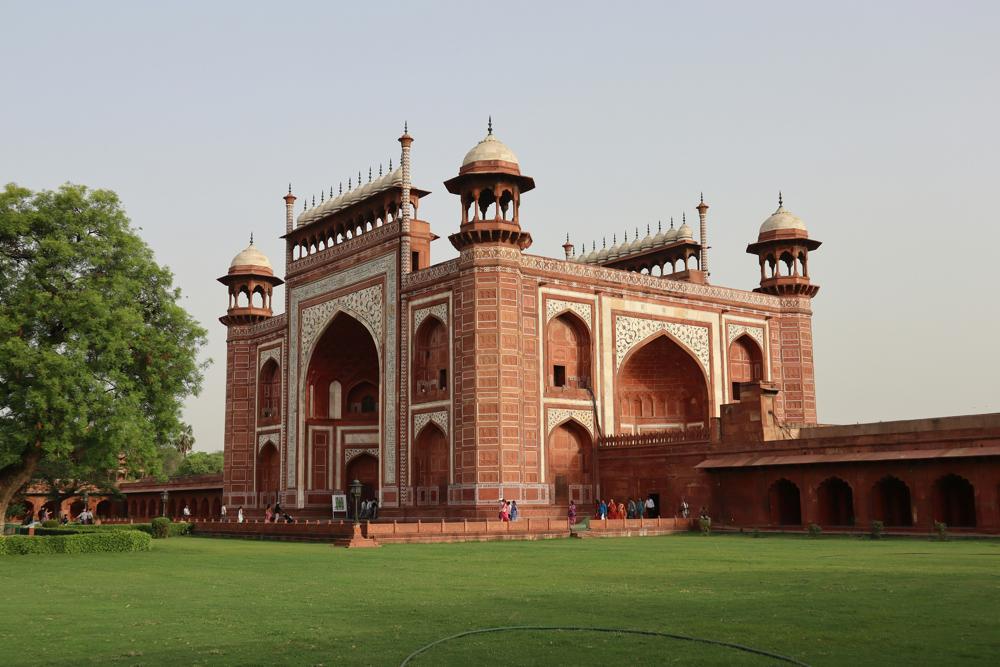







Thomas Jeffrey Hanks was born in Concord, California, to Janet Marylyn (Frager), a dedicated hospital worker, and Amos Mefford Hanks, an itinerant cook. His mother's family, originally with the surname "Fraga," proudly embraced their Portuguese heritage, while his father traced his roots to mostly English ancestry. Growing up in what he described as a "fractured" family, Tom faced the challenges of frequent moves after his parents' divorce and navigated life with a series of stepfamilies. Despite these hurdles, he encountered no major issues like alcoholism, instead characterizing his childhood as a time of confusion. With no formal acting experience in college, he turned setbacks into opportunities, believing his inability to land a role in a college play ignited his passion for acting. He took the brave step to audition for a community theater production, leading him to a life-changing invitation from the director to pursue his dreams in Cleveland. Ron Howard was working on Splash (1984), a fantasy-comedy about a mermaid who falls in love with a business executive. Howard saw the potential in Hanks for the role of the main character's witty brother, a part that ultimately went to John Candy. However, Hanks embraced the opportunity to secure the lead role, and the film blossomed into a surprising box office triumph, grossing over $69 million. After navigating through several flops and enjoying moderate success with the comedy Dragnet (1987), Hanks began to rise in the film industry. His remarkable success with the fantasy-comedy Big (1988) propelled him into the spotlight as a major Hollywood talent, both as a box office draw and a respected actor.
For his outstanding performance in the film, Hanks earned his first Academy Award nomination for Best Actor, a testament to his resilience and dedication.
Tom Hanks triumphantly returned to the spotlight with his portrayal of a washed-up baseball legend turned manager in *A League of Their Own* (1992). Acknowledging his earlier performances, Hanks expressed his journey of growth and self-discovery in acting, stating that his work has become more genuine and less pretentious. This remarkable evolution began with *Sleepless in Seattle* (1993) and continued with *Philadelphia* (1993). In *Sleepless in Seattle*, Hanks captivated audiences as a widower finding love over radio airwaves, earning a reputation as one of the leading romantic-comedy stars of his generation. Critics lauded his "charming" performance, solidifying his place in cinematic history. In *Philadelphia*, Hanks took on the challenging role of a gay lawyer with AIDS who bravely sues his firm for discrimination. His dedication to authenticity led him to lose 35 pounds and alter his appearance for the character. Leah Rozen of *People* recognized his outstanding portrayal, emphasizing that his nuanced performance was key to the film's success. Hanks won the 1993 Academy Award for Best Actor, using his acceptance speech to honor his high school drama teacher and a dear friend, both of whom were gay. Hanks continued to inspire audiences with *Forrest Gump* (1994), a blockbuster that grossed over $600 million worldwide. He saw the script as a powerful, hopeful movie that could uplift viewers and provide comfort about their lives. His heartfelt performance earned him a second consecutive Academy Award for Best Actor, making him only the second actor in history to achieve this prestigious accolade.
Hanks' next role as astronaut and commander Jim Lovell in the docudrama *Apollo 13* (1995) brought him back together with director Ron Howard, showcasing his enduring talent. Critics lauded the film and the entire cast, including Kevin Bacon, Bill Paxton, Gary Sinise, Ed Harris, and Kathleen Quinlan. The movie garnered nine Academy Award nominations and won two, demonstrating the power of storytelling. Later that year, Hanks inspired audiences as the voice of Sheriff Woody in Disney/Pixar's groundbreaking animated film *Toy Story* (1995). In 1996, he took the bold step of making his directing debut with the musical comedy *That Thing You Do!*, highlighting the journey of a 1960s pop group while taking on the role of a music producer. As of 2022, Hanks stands strong having never retired from acting and continuing to make an impact in the film industry for more than four decades. His journey is a testament to perseverance and passion.




























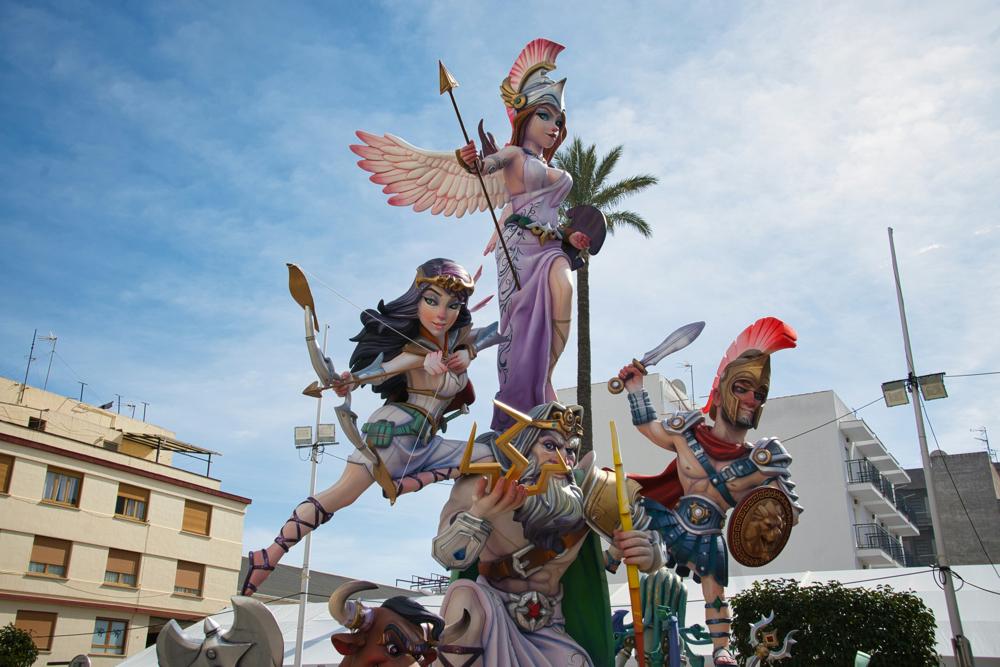
















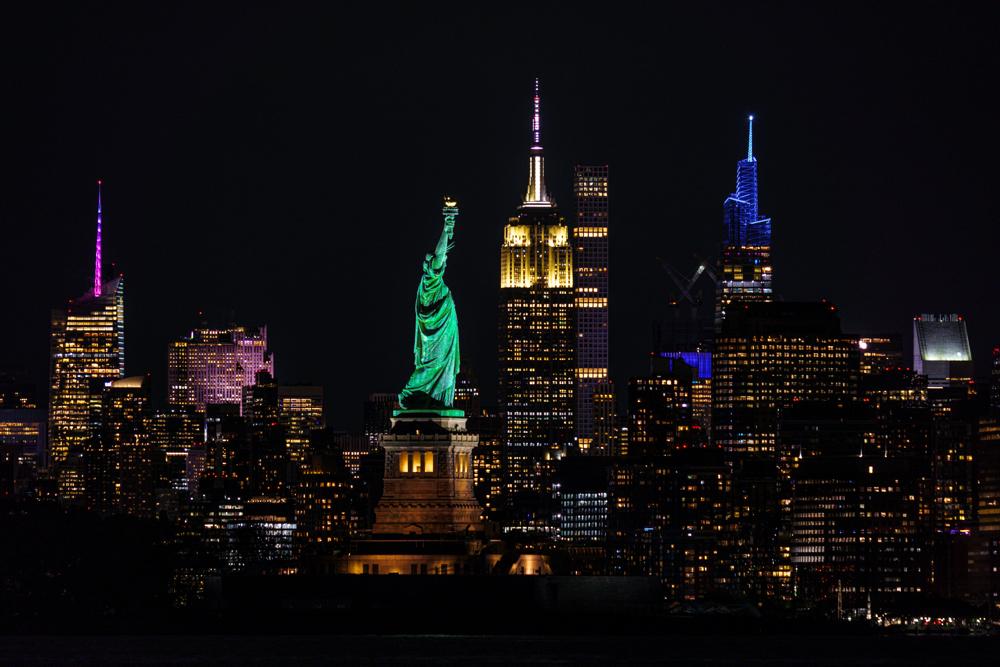
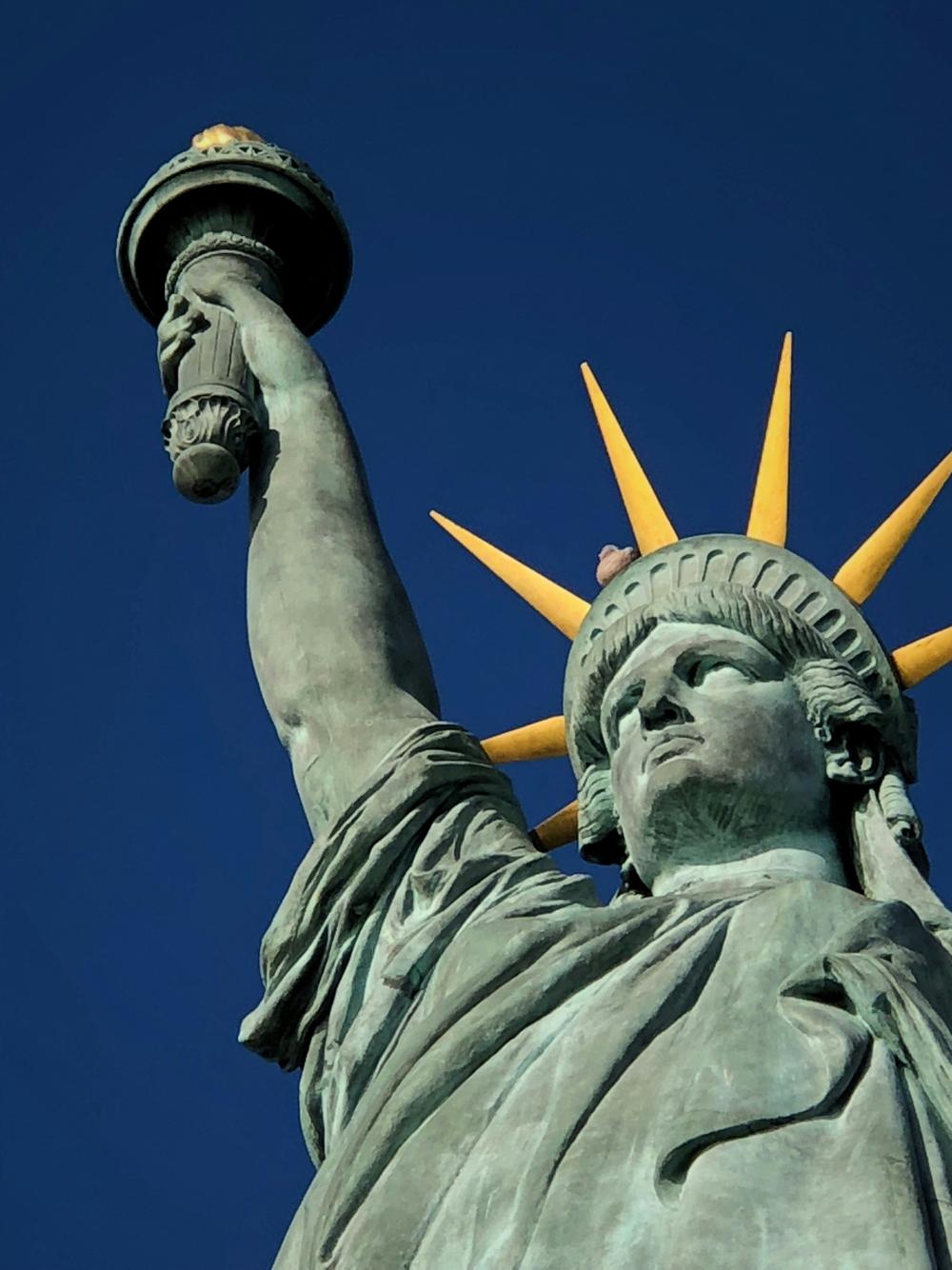







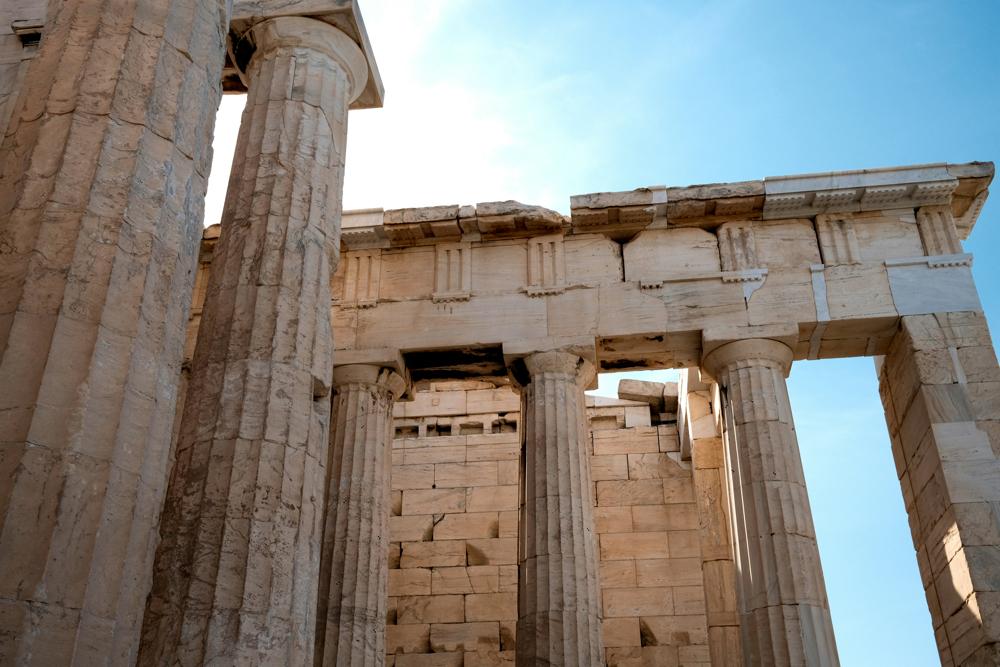
















Crafted From The Heart Page 84-89










Design Destinations Magazine is a publication by Buchhalter International Group